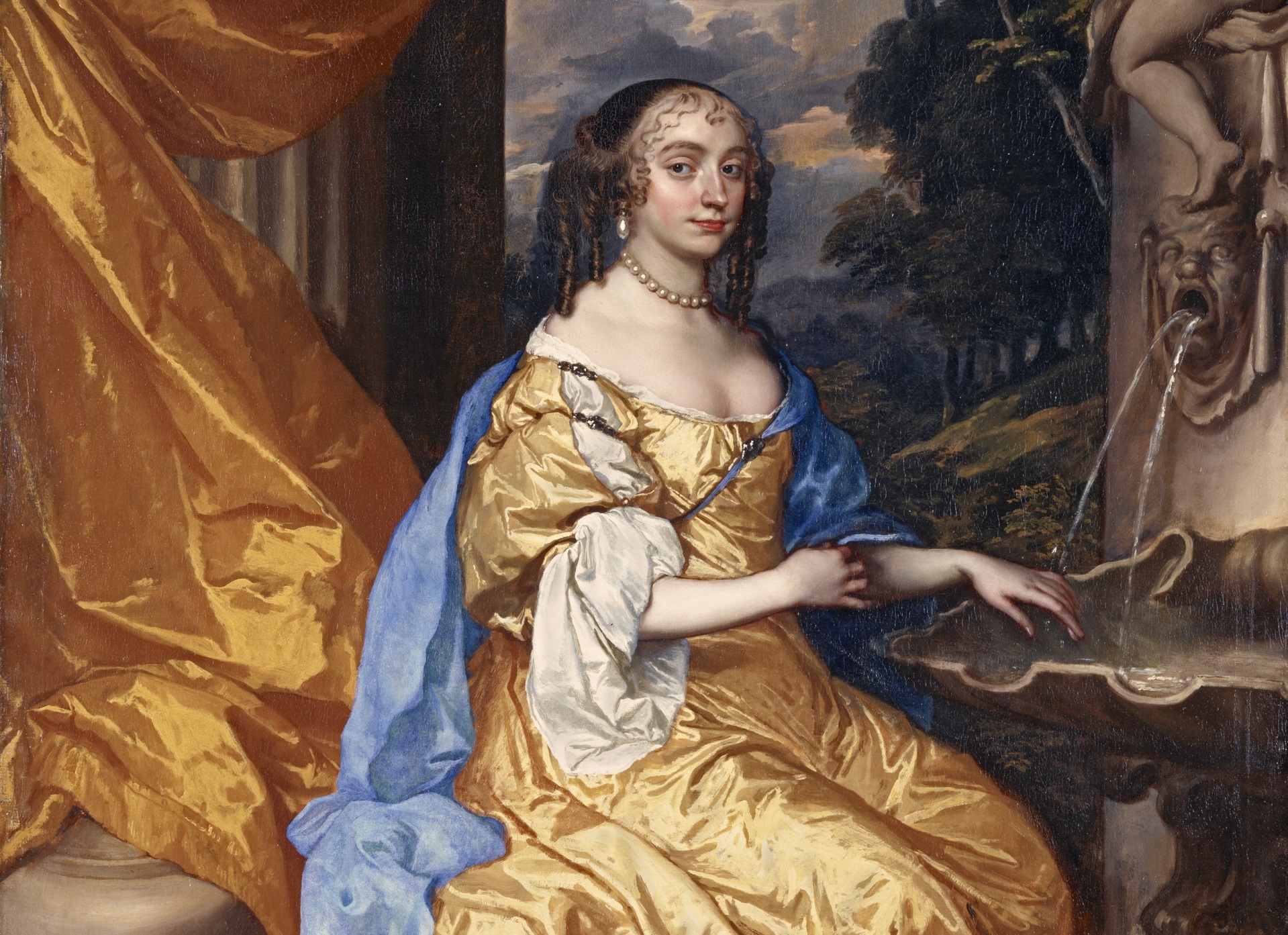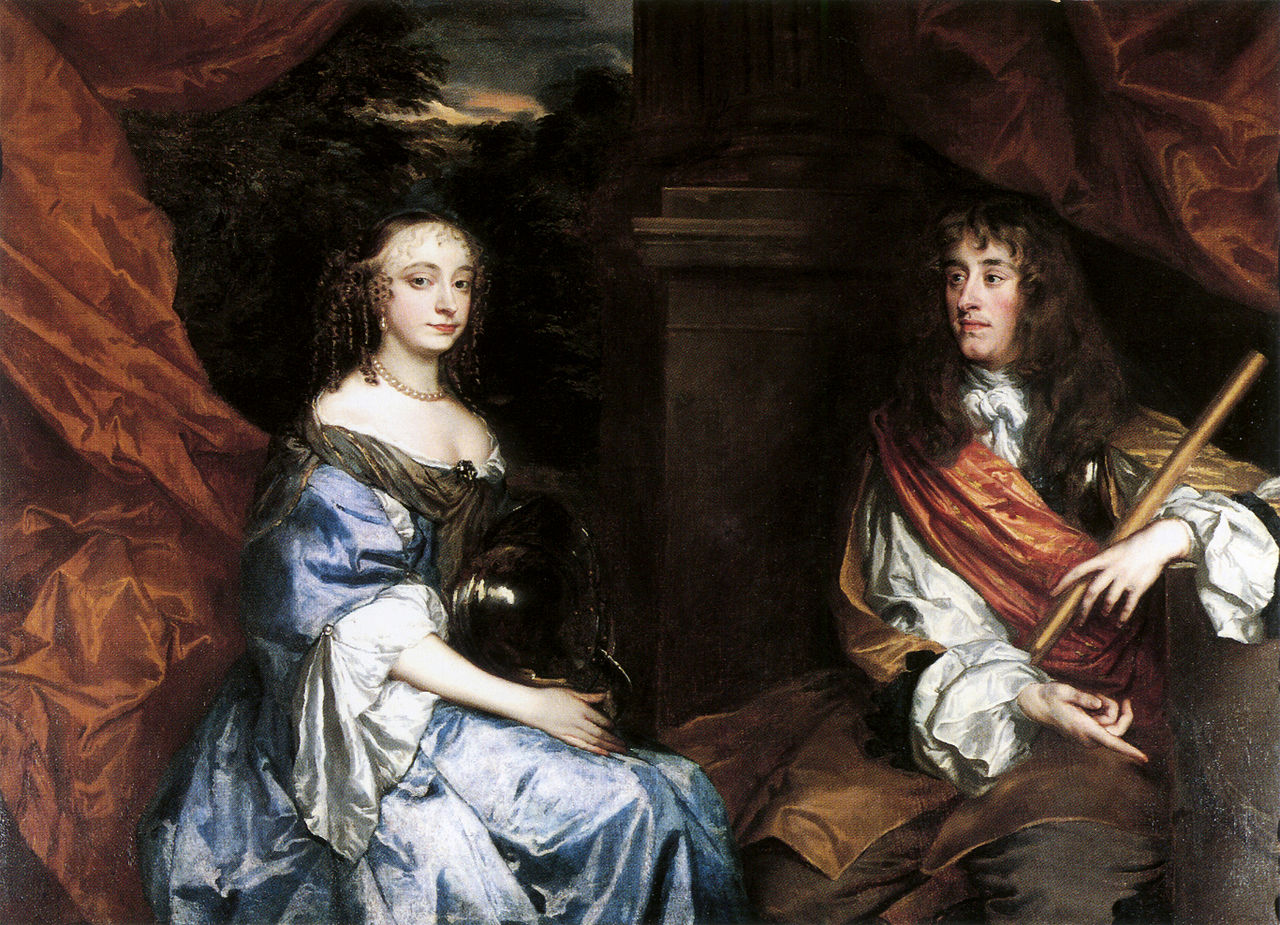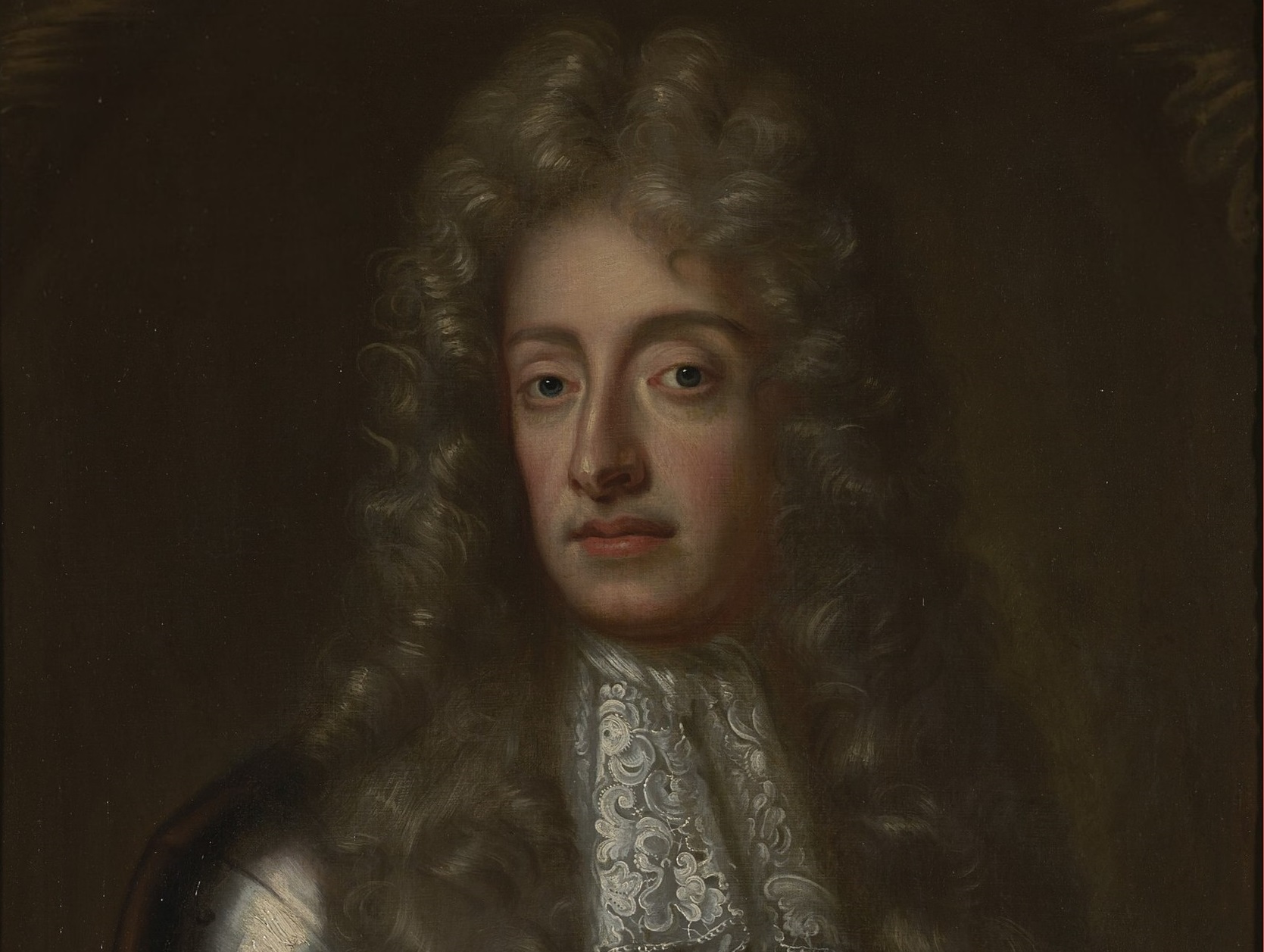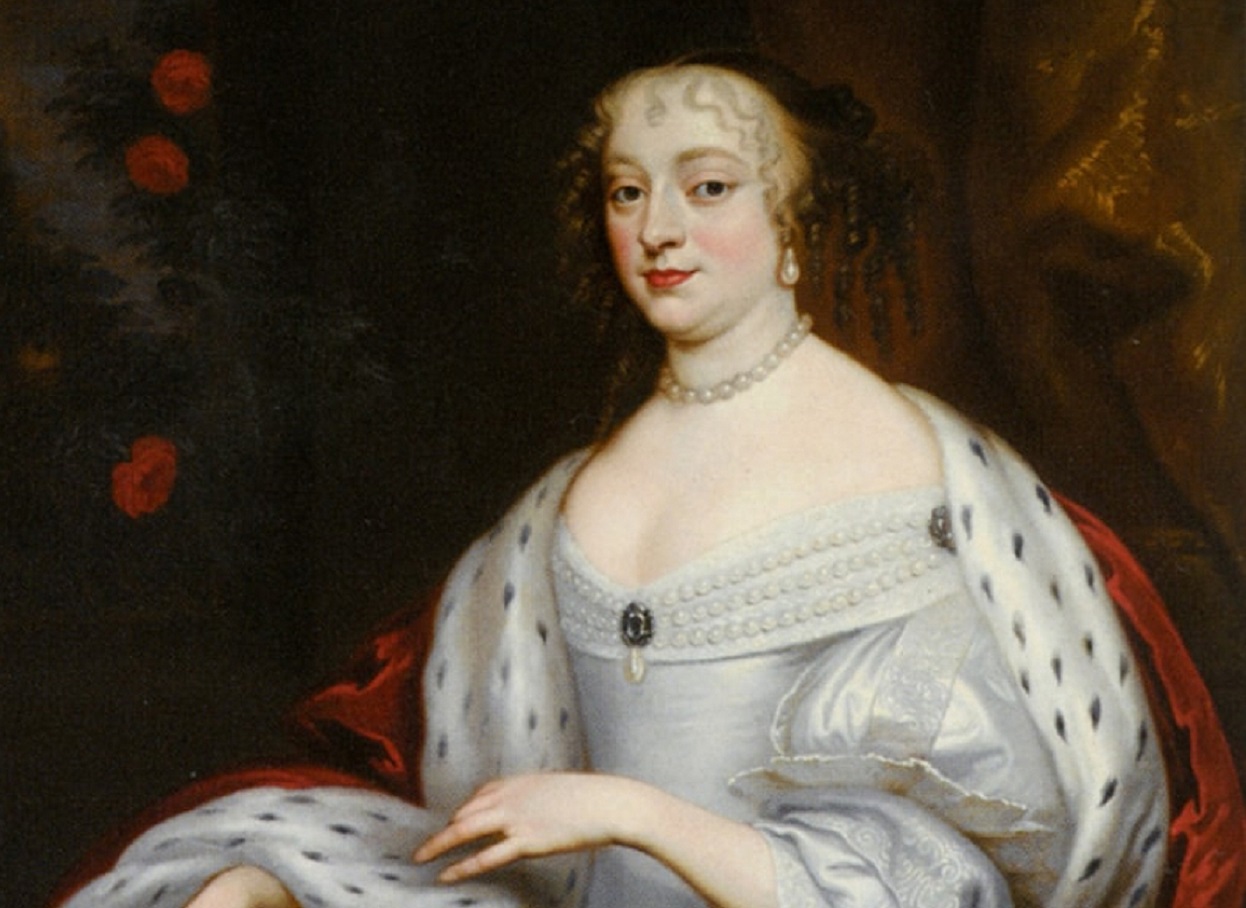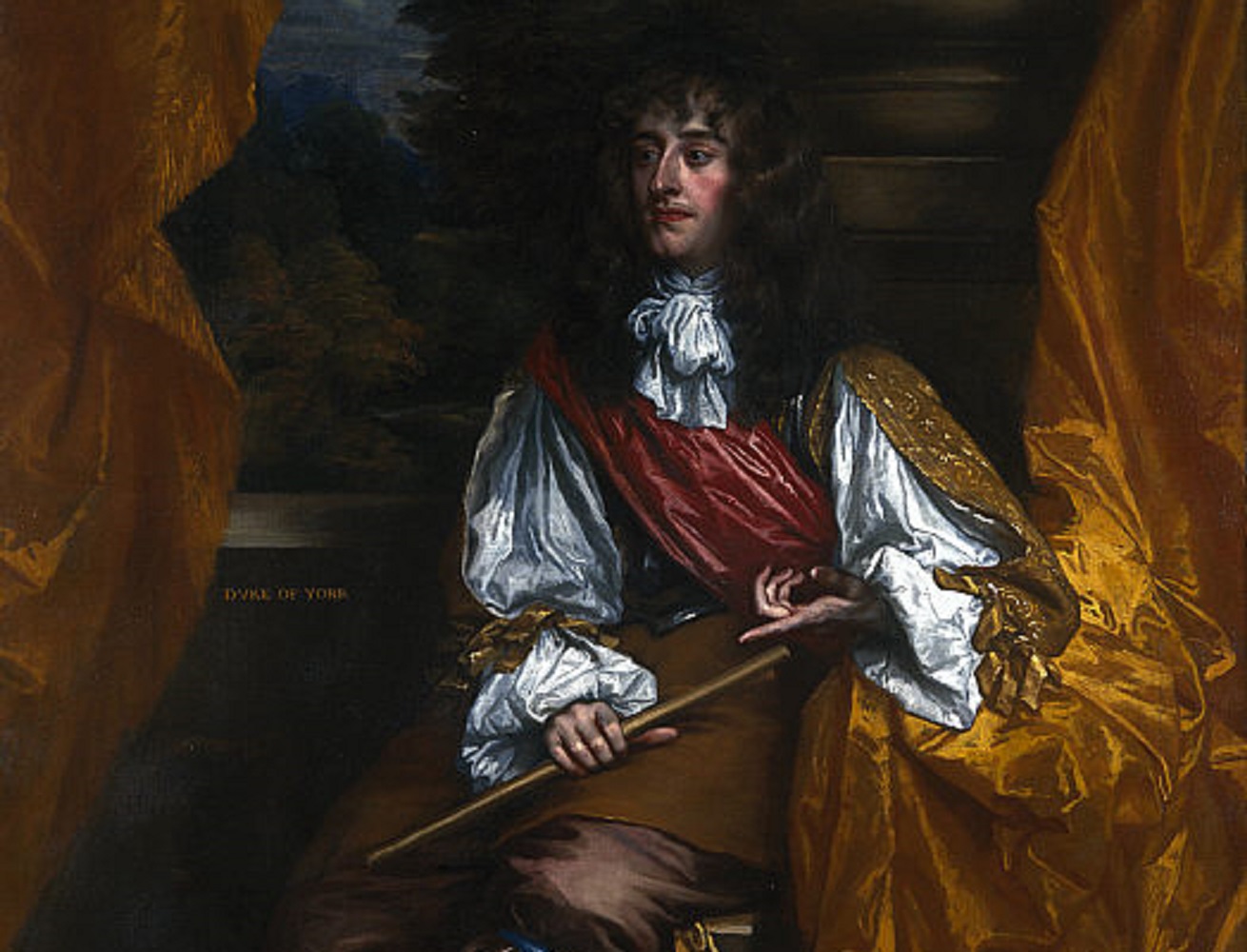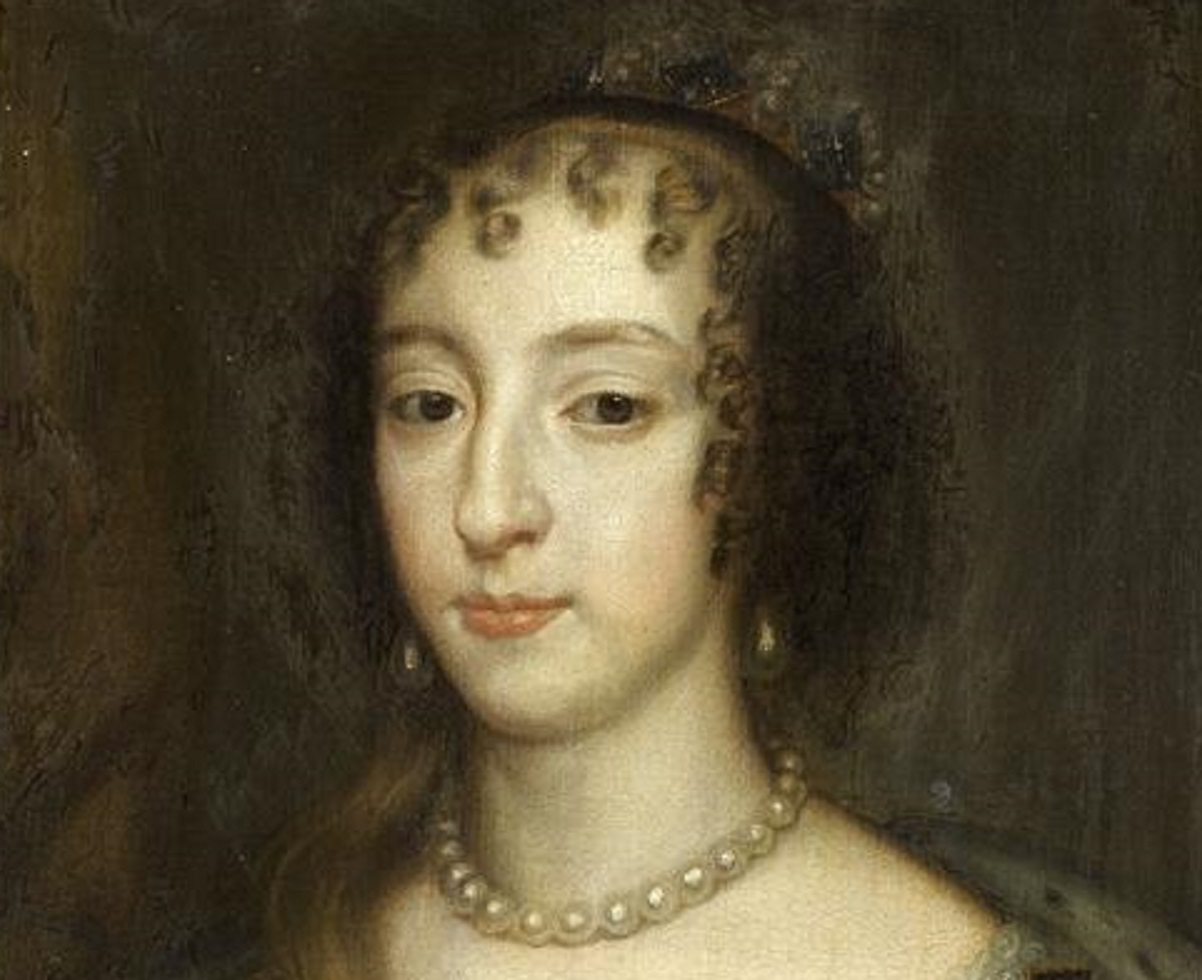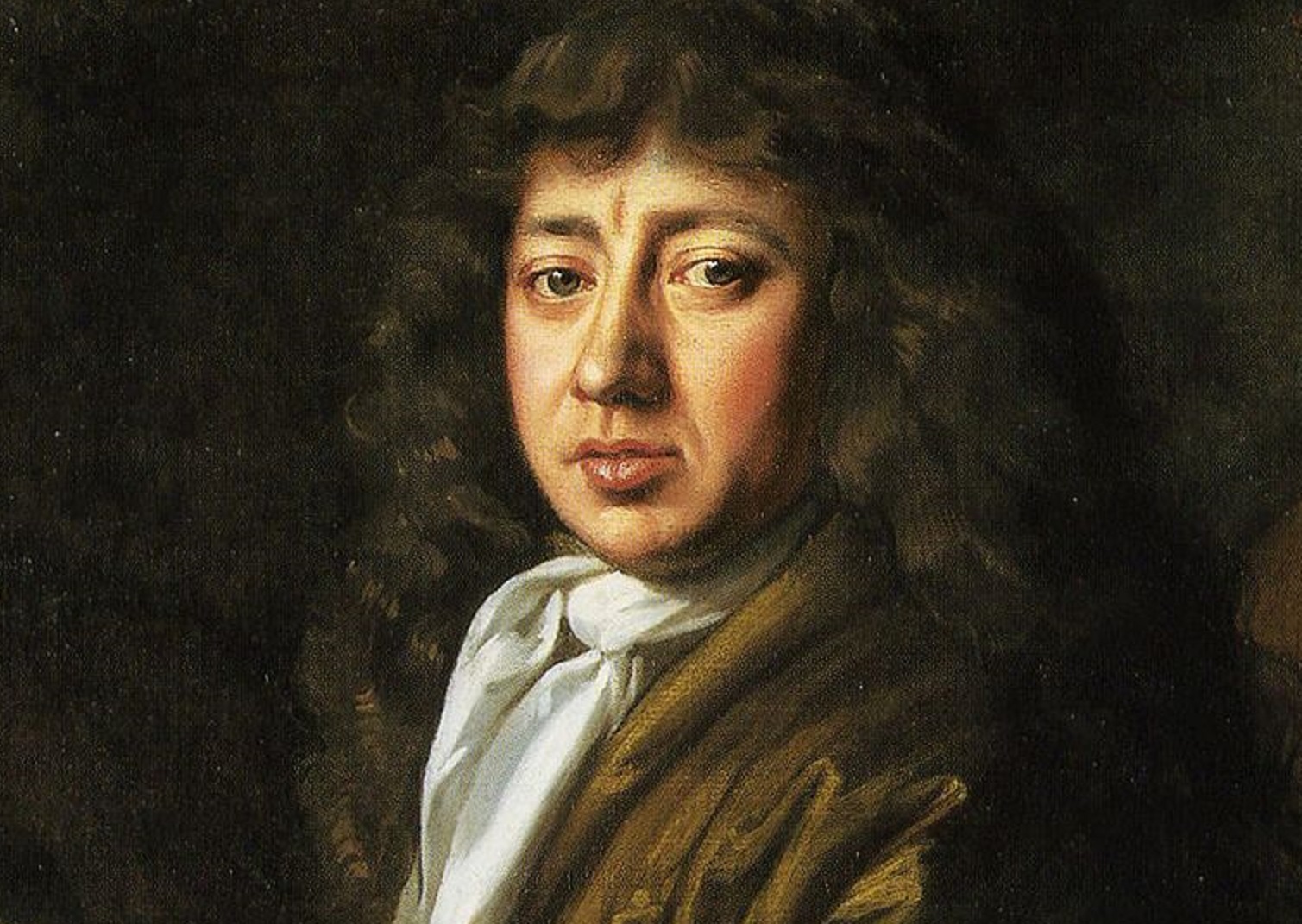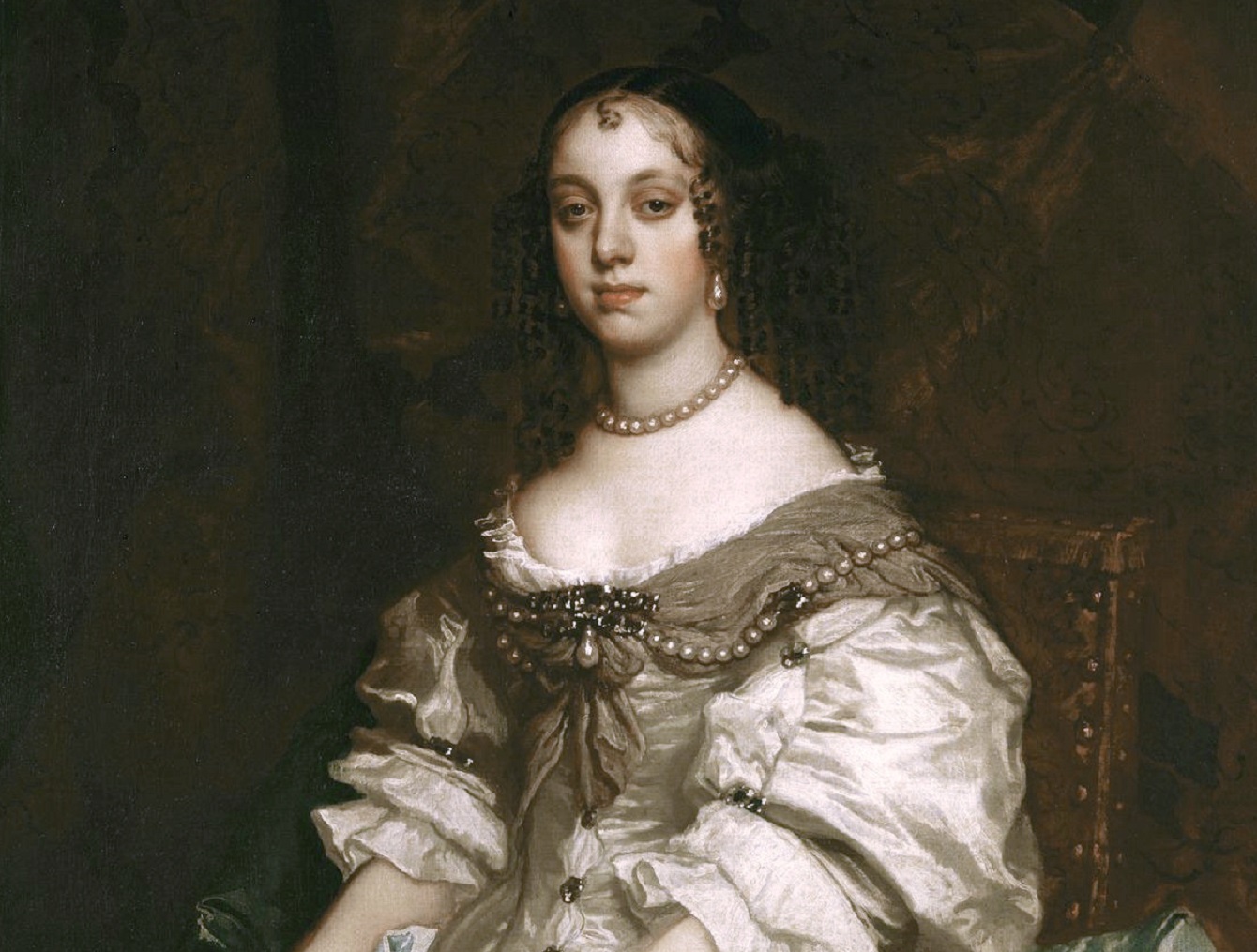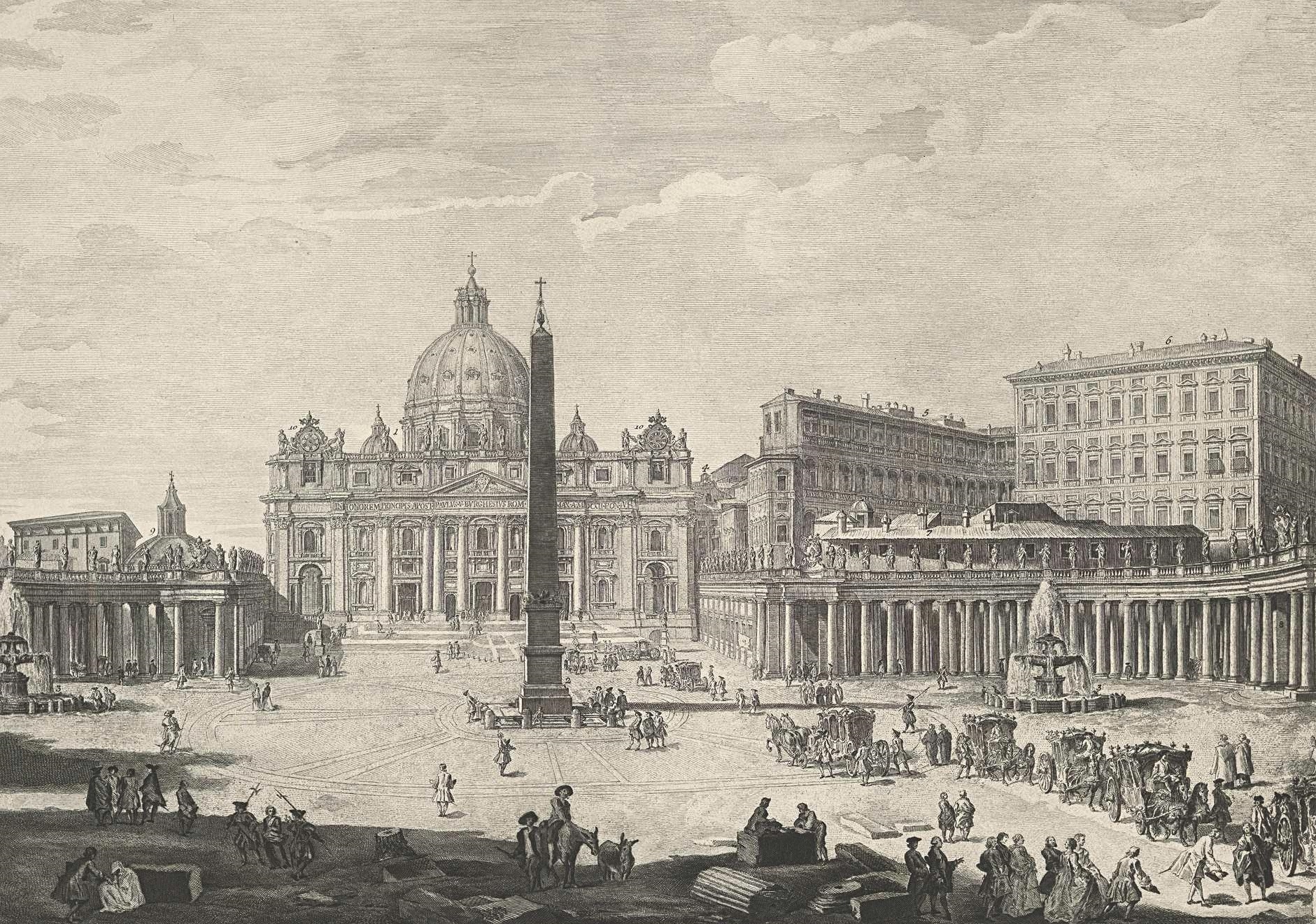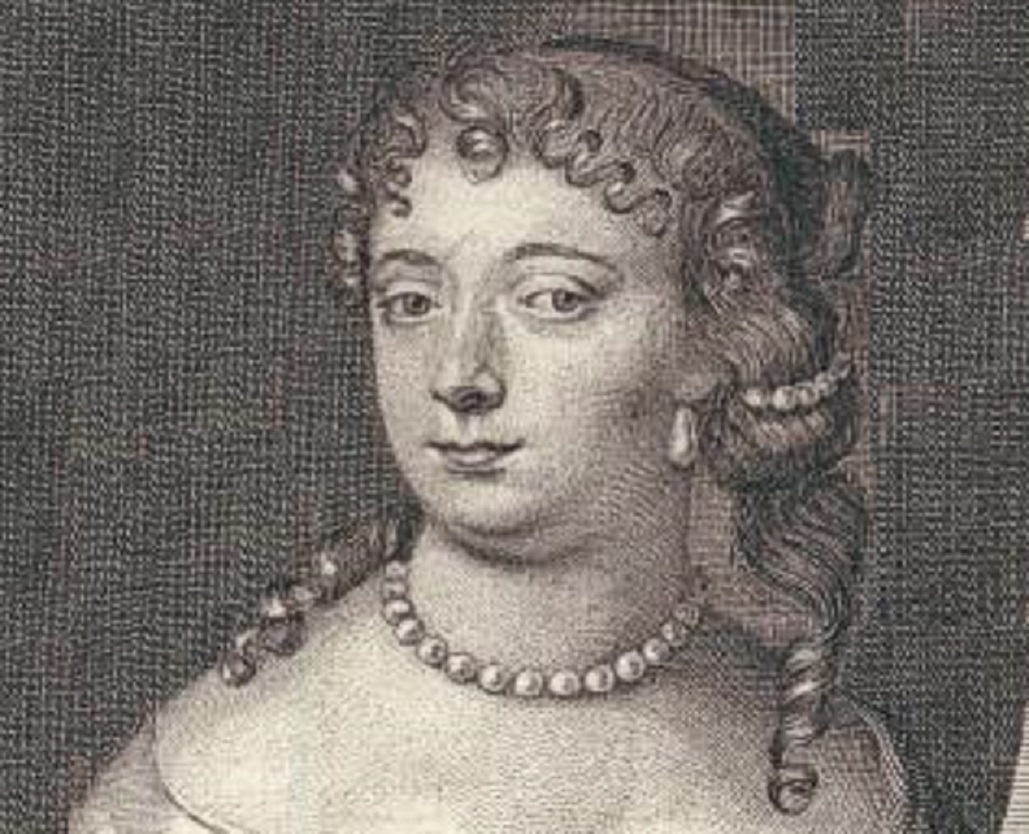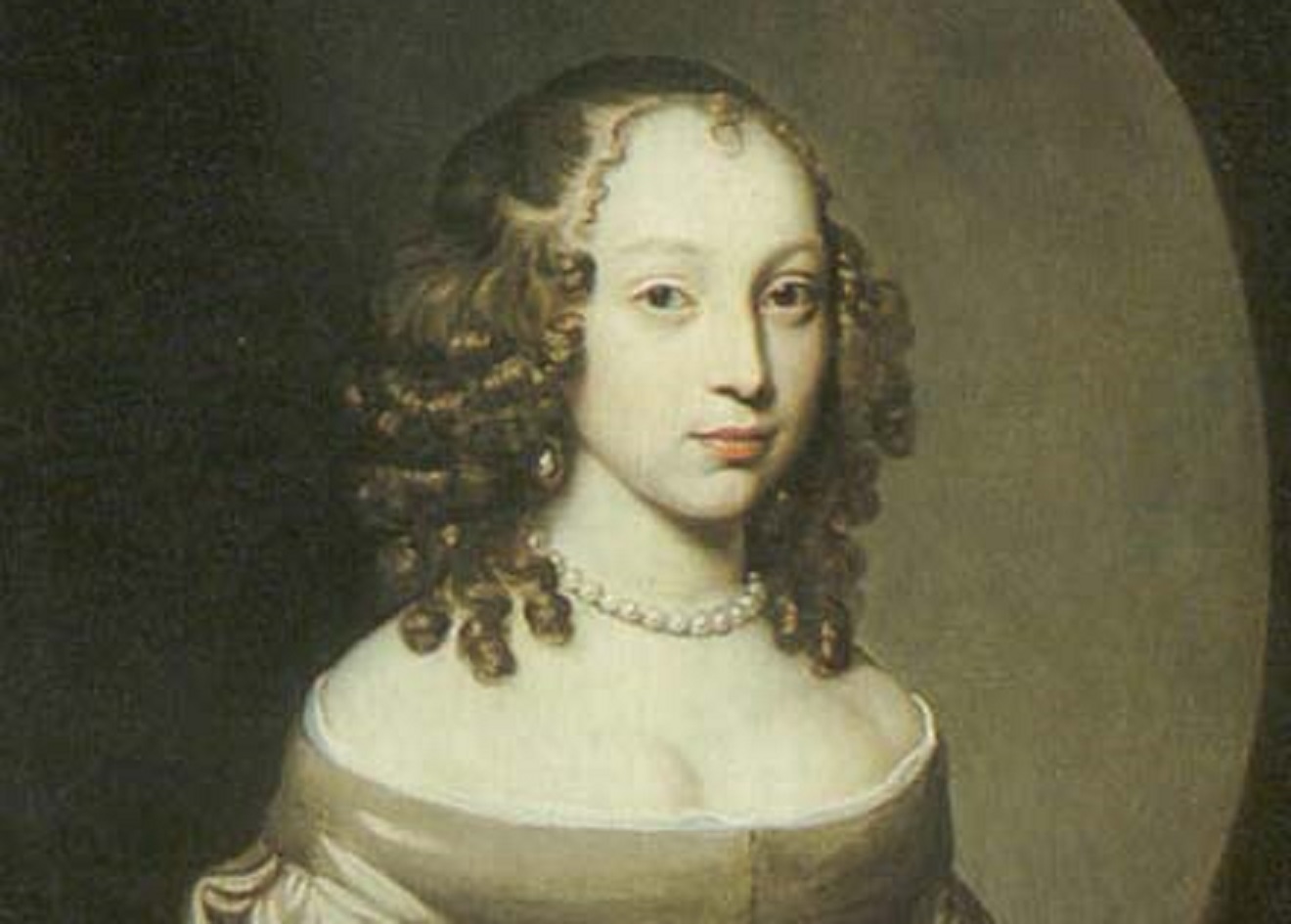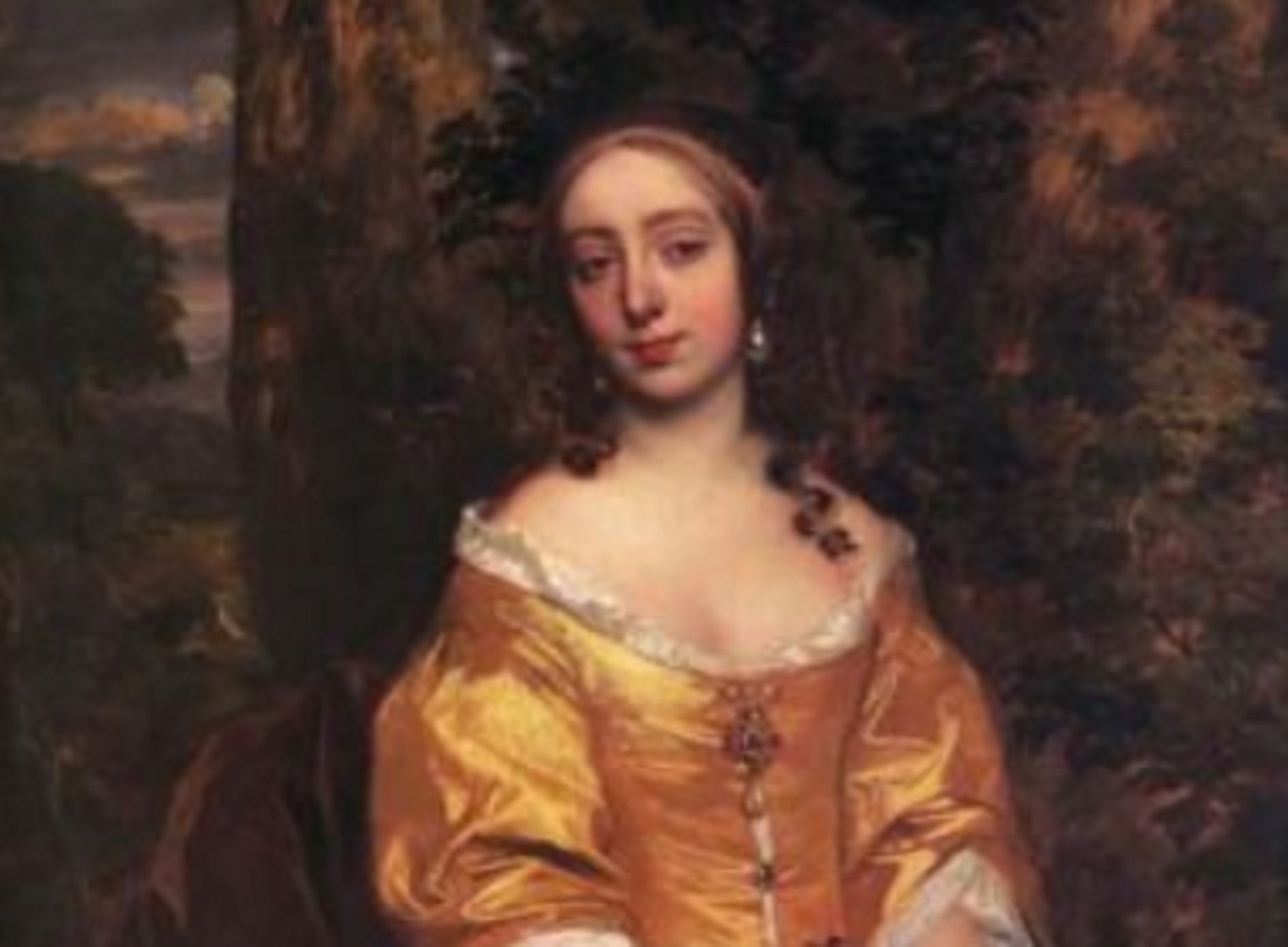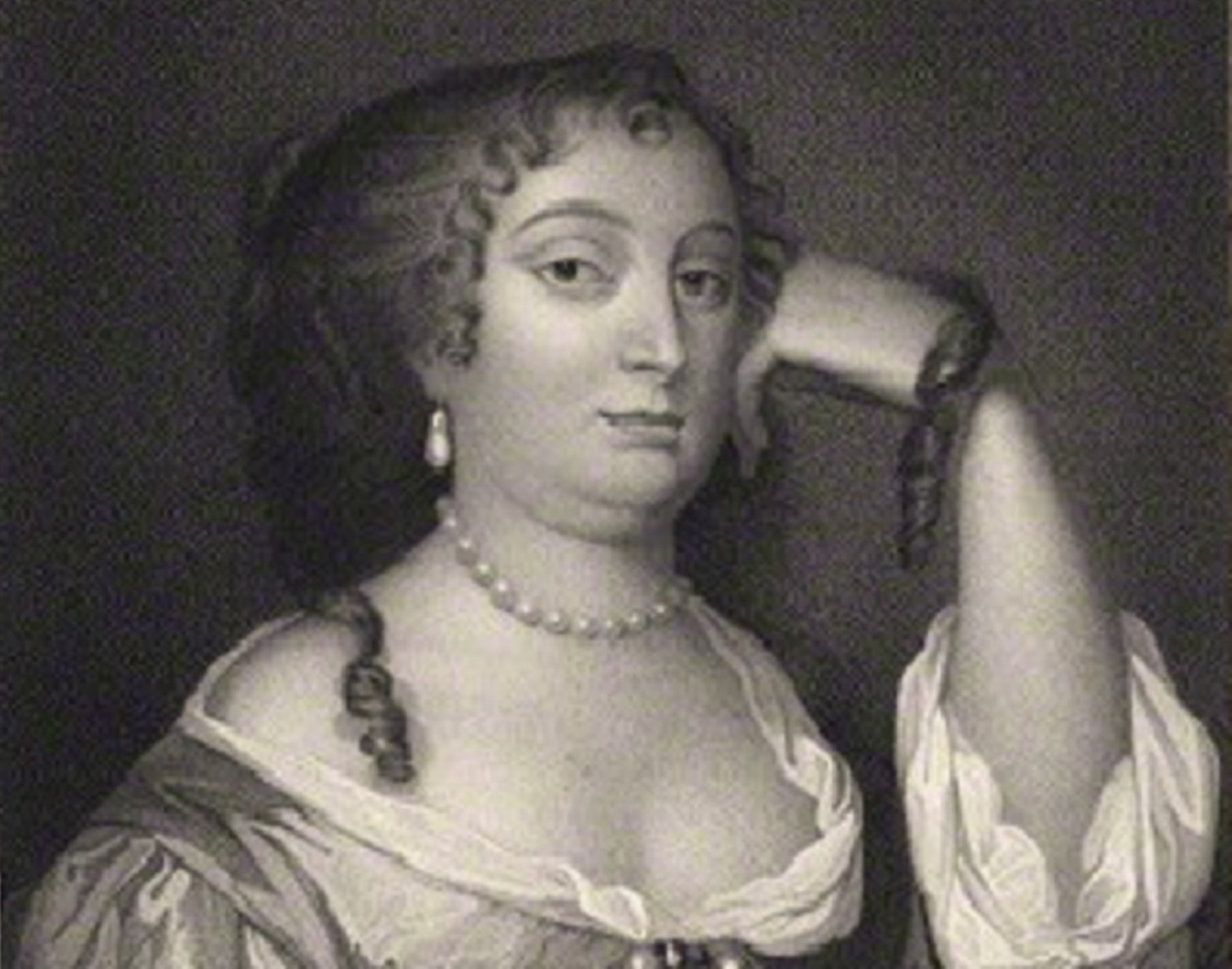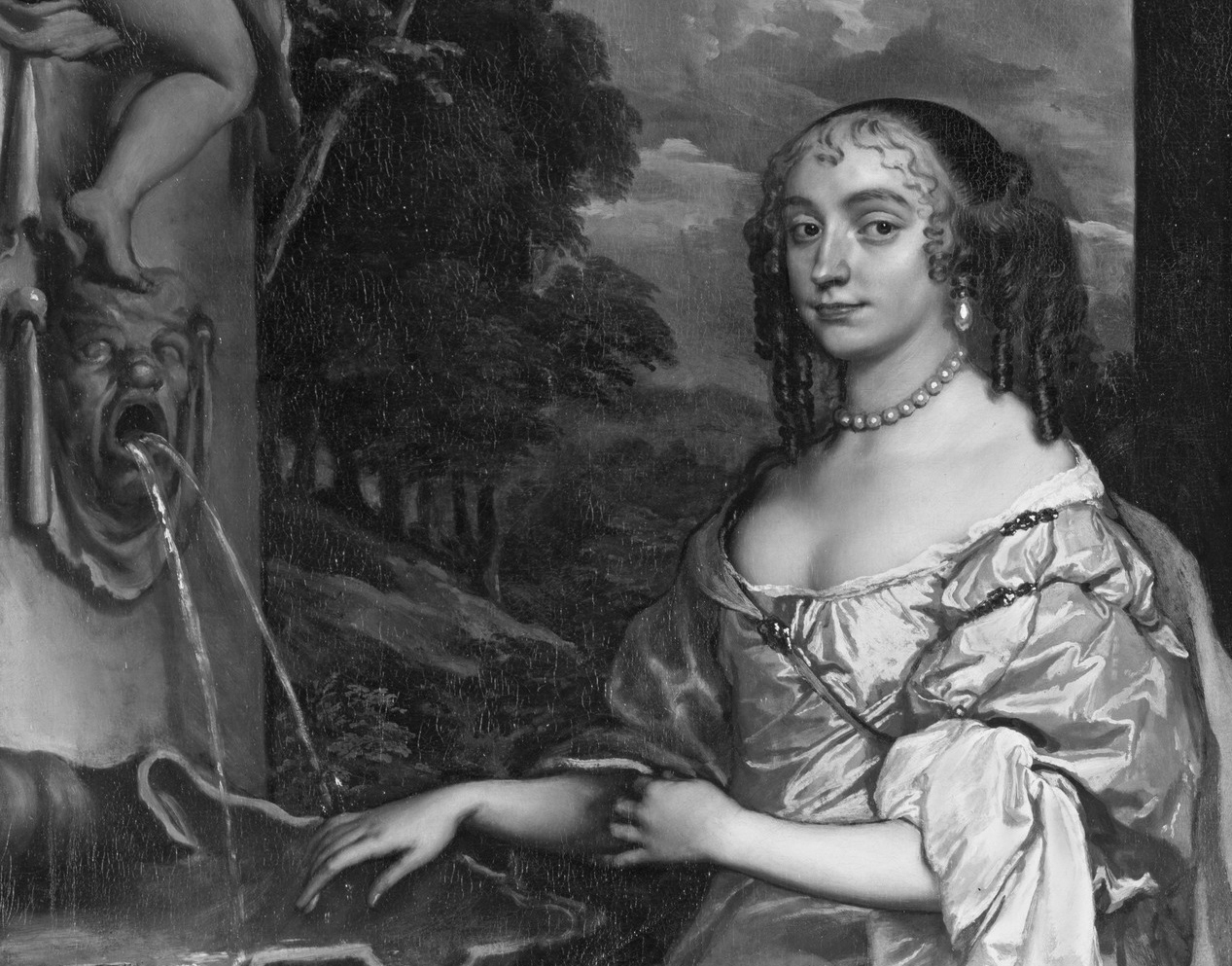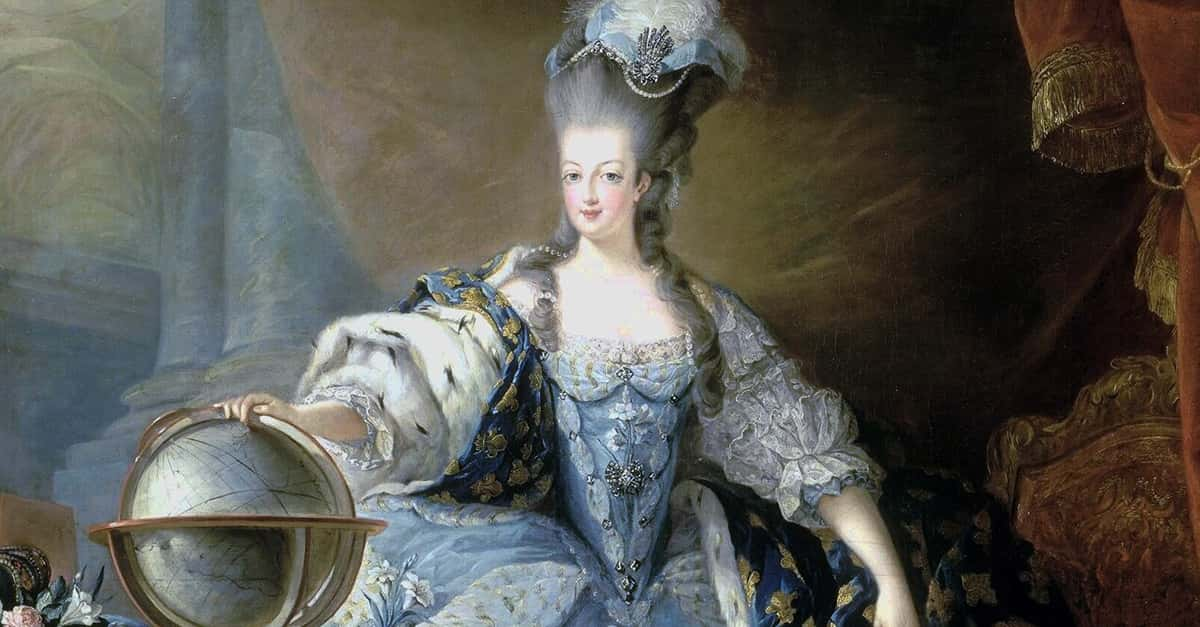Anne Hyde was one of the most popular women at court in 15th-century England. Men loved her and women wanted to be her. When she got pregnant by—and then secretly married to—a future King of England, Anne Hyde's life took a seriously twisted turn.
Anne Hyde Facts
1. Even Her Name Was Tragic
Anne Hyde was born on March 12, 1637 in Windsor, Berkshire England. Her father, Edward Hyde, was the Earl of Clarendon and her mother was Frances Aylesbury. They named their daughter Anne for a tragic reason.
You see, Aylesbury was Hyde’s second wife. The first one had caught smallpox, miscarried a child, and then passed. To honor his first wife, he named his first daughter Anne. When you name someone after someone who suffered so much, you kind of know what’s coming up next.
2. His Job Was Dangerous
Anne’s father was an advisor to King Charles I. Likely Anne didn’t give much thought to her father’s job until it began to threaten the family's safety. People accused King Charles of treason, which was one of the most heinous offenses. It didn’t take long for the courts to come to a horrifying decision in regard to the traitorous king: They wanted to execute him.
Because the king had close ties with the Hydes, Anne's family became an official enemy of the people.
 National Trust, Wikimedia Commons
National Trust, Wikimedia Commons
3. They Fled
Anne’s father knew his family was in danger. The whole lot of them took off to Holland where they would be out of harm’s way. The Hyde family ended up living with Mary Stuart who was the older sister of James—the second son of the newly deceased King. She may have been safer in Holland, but trouble would soon be brewing for young Anne Hyde.
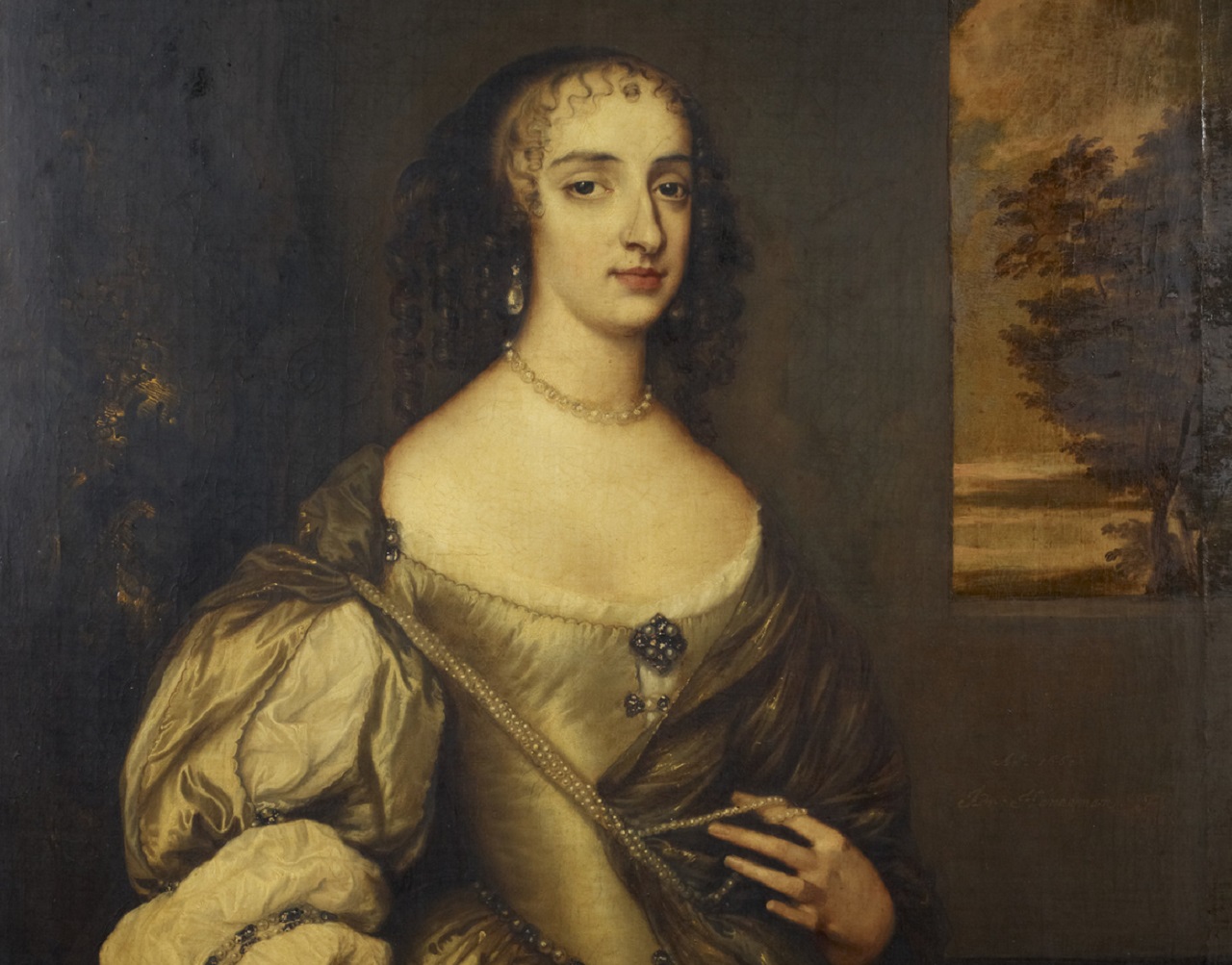 Adriaen Hanneman, Wikimedia Commons
Adriaen Hanneman, Wikimedia Commons
4. She Wasn’t Liked
Mary Stuart—the host for the Hyde family in Holland—made a goodwill offering to Anne. She made her a maid of honor at her court. There was, however, one voice that called out against making Anne a maid of the court: This was Henrietta Maria—the Queen consort. She didn’t like that Anne’s father had control over her son Charles II, the new king. And so, by extension, she also didn’t like his daughter Anne.
We’ll soon see how Henrietta Maria was definitely the wrong person to be on the wrong side of.
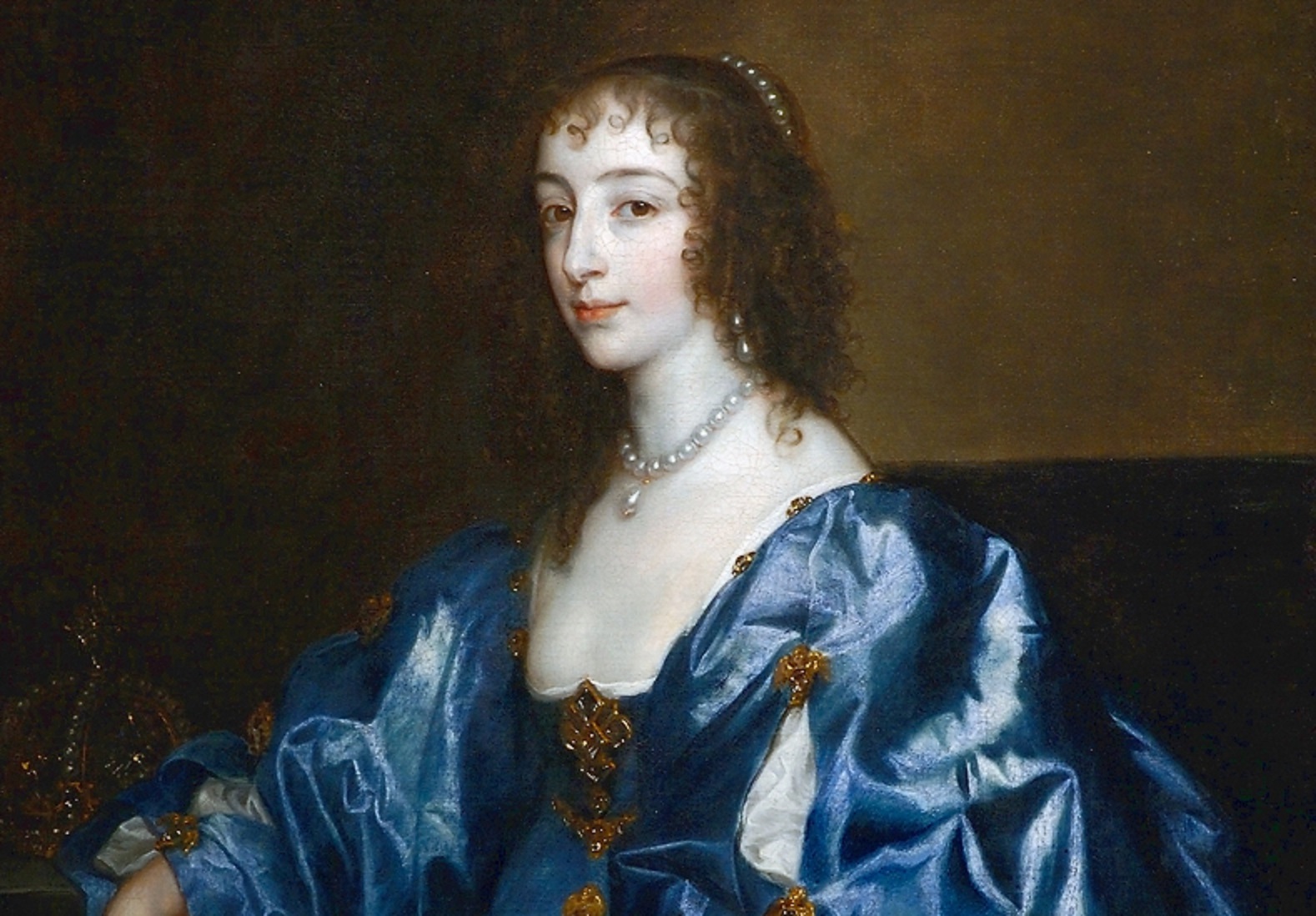 Anthony van Dyck, Wikimedia Commons
Anthony van Dyck, Wikimedia Commons
5. She Was Popular
Once Anne had settled to life at the court in Holland, her attributes began to stand out. Many men were after her, as she was both charming and quite pretty. First up was Spencer Compton, but Anne wasn’t really feeling it with that one. Next on her chopping block was Henry Jermyn.
Anne did like the rogue Jermyn quite a bit and had the intention of pursuing him. It was then that something—or rather someone—stopped her in her tracks.
 National Trust, Wikimedia Commons
National Trust, Wikimedia Commons
6. She Forgot All About Him
While Anne resided in Holland, she got an exciting opportunity. Mary Stuart's brother King Charles II was living in exile in Paris and she received an invite to attend his court. Anne leaped at the chance and made her way to Paris with her host Mary Stuart.
When she got to Paris, Anne met the king and, more importantly, she met the king's brother: James. Suddenly Anne forgot all about Jermyn. She was on team James now. Now, all she had to do was figure out one thing. Was James into her?
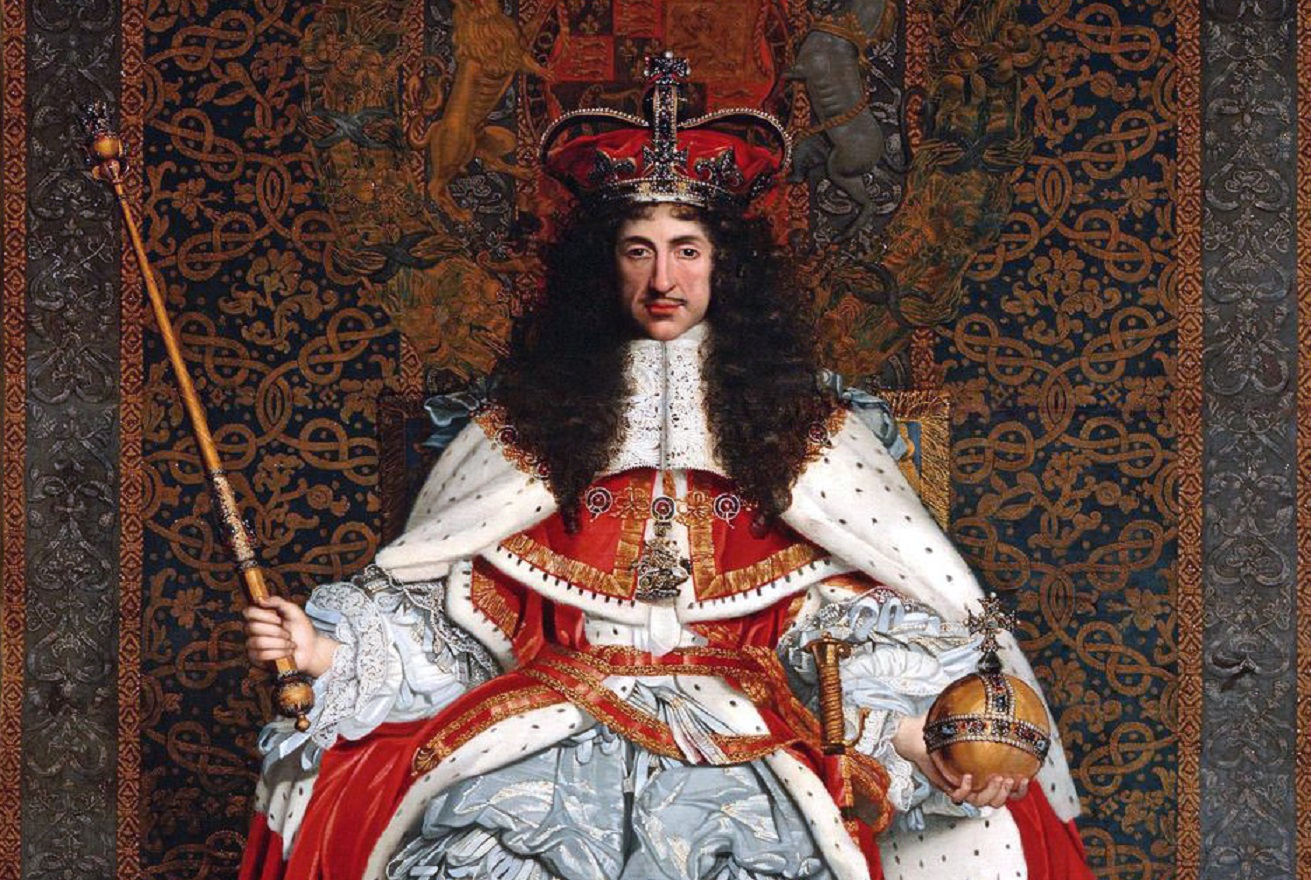 John Michael Wright, Wikimedia Commons
John Michael Wright, Wikimedia Commons
7. It Was A Secret
Anne was over the moon to find out that James returned her interest. Of course, the whole thing had to be kept a secret. James’ brother Charles was the current king, and if anything happened to him, James would take his place. For this reason, James was not free to be casually dating a woman of his own choosing.
His bride had to be a royal—which Anne was decidedly not.
8. She Shared Her Bed
Anne and James met in secret, and they did a lot more than just harmless dating. James told Anne that he loved her and, more importantly, that he would marry her. That was all Anne needed to hear. The clandestine couple soon shared a bed. They cleverly kept their liaison a secret for over a year, until something happened that would thrust their secret love into the glaring spotlight.
9. The Worst Happened
By 1660, the worst had happened: Anne had become pregnant. Anne’s best line of defense would be to lie about who the father was, but would that be a good idea? The child was of royal blood—at least half of him was. Anne was in a pickle and then things escalated. Right when James found out that he was going to be a father, he heard some shocking gossip that caused him to take a moment and think things through.
10. There Was A Rumor
There was some gossip going around the court that eventually made its way to James. The word on the street was that Anne was a little too easy to get into bed. This news mortified James. Had he chosen the wrong woman to share his bed with? And now she was carrying his child. What on earth had he brought into the royal family?
11. She Didn’t Want To Tell
At this point, everyone knew that Anne was pregnant. What wasn’t readily apparent was who the father was. Anne was still keeping her mouth shut, but that didn’t stop the royal gossip mill from churning. The number one rumor was that the father of Anne’s baby belonged to James.
This was not idle gossip as it had consequences for the royal family. Anne had to come clean: She had to tell the people that James was the father. Didn’t she?
12. She Had Two Secrets
Anne eventually admitted that James was indeed her baby daddy. Of course, the usual outrage followed, but illegitimate children from royalty weren’t that uncommon. Really, this was no big deal. But there was an even bigger bombshell: James had already secretly married her.
The news was devastating. The baby she carried could be king one day.
 Adriaen Hanneman, Wikimedia Commons
Adriaen Hanneman, Wikimedia Commons
13. No One Seemed To Want Her
One member of the court who was against the match was Mary Stuart. She was the one who had been so kind to Anne back in Holland by giving Anne a place in her court. But now that Anne was James’ wife, she loathed Anne. Another person hot under the collar about the union was the king’s mother.
Remember, Henrietta Maria didn’t like Anne’s father and now this match would likely give him even more power. She wanted the Hyde family as far away from the royal family as possible. Maybe Anne thought she could look to her father for support. Well, she was about to be sadly disappointed.
14. She Had No Support
Of course, Anne’s father had his own opinion about Anne and James. Edward Hyde stood to benefit from his daughter marrying a man who could be king one day. However, that was not how he saw it. Hyde said he would prefer it if his daughter were the king’s tart than his husband—which is not a nice thing to hear from your dear old dad.
Hyde wasn’t content to just call his daughter names. He was out for blood.
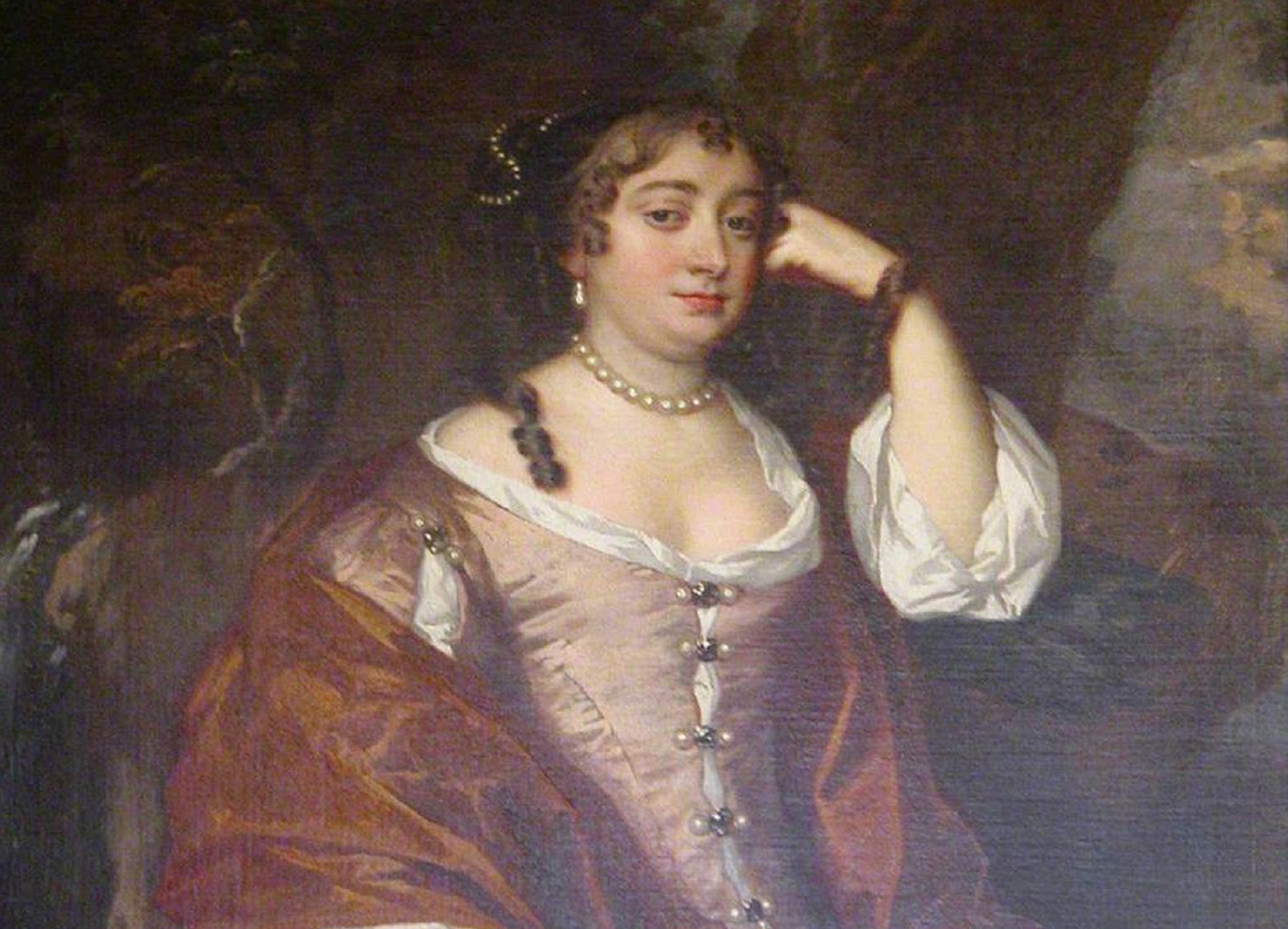 Workshop of Peter Lely, Wikimedia Commons
Workshop of Peter Lely, Wikimedia Commons
15. He Was Beyond Mad
Anne’s father was more than a little unhappy with his daughter's relationship with James. Apparently, he went rogue and locked his daughter in a room—ready to throw away the key. That, however, wasn’t enough. Hyde approached the king and asked for something absolutely heartbreaking.
He wanted the king to have his daughter executed. The king's response was jaw-dropping.
 William Dobson, Wikimedia Commons
William Dobson, Wikimedia Commons
16. He Said Relax
Shockingly, King Charles II was cool about the whole “marrying a commoner thing”. He told everyone to relax. He even said that he thought that Anne would be good for his little brother James, who he called weak-willed. But even though the couple had the king’s blessing, would the rest of the court come around to liking Anne?
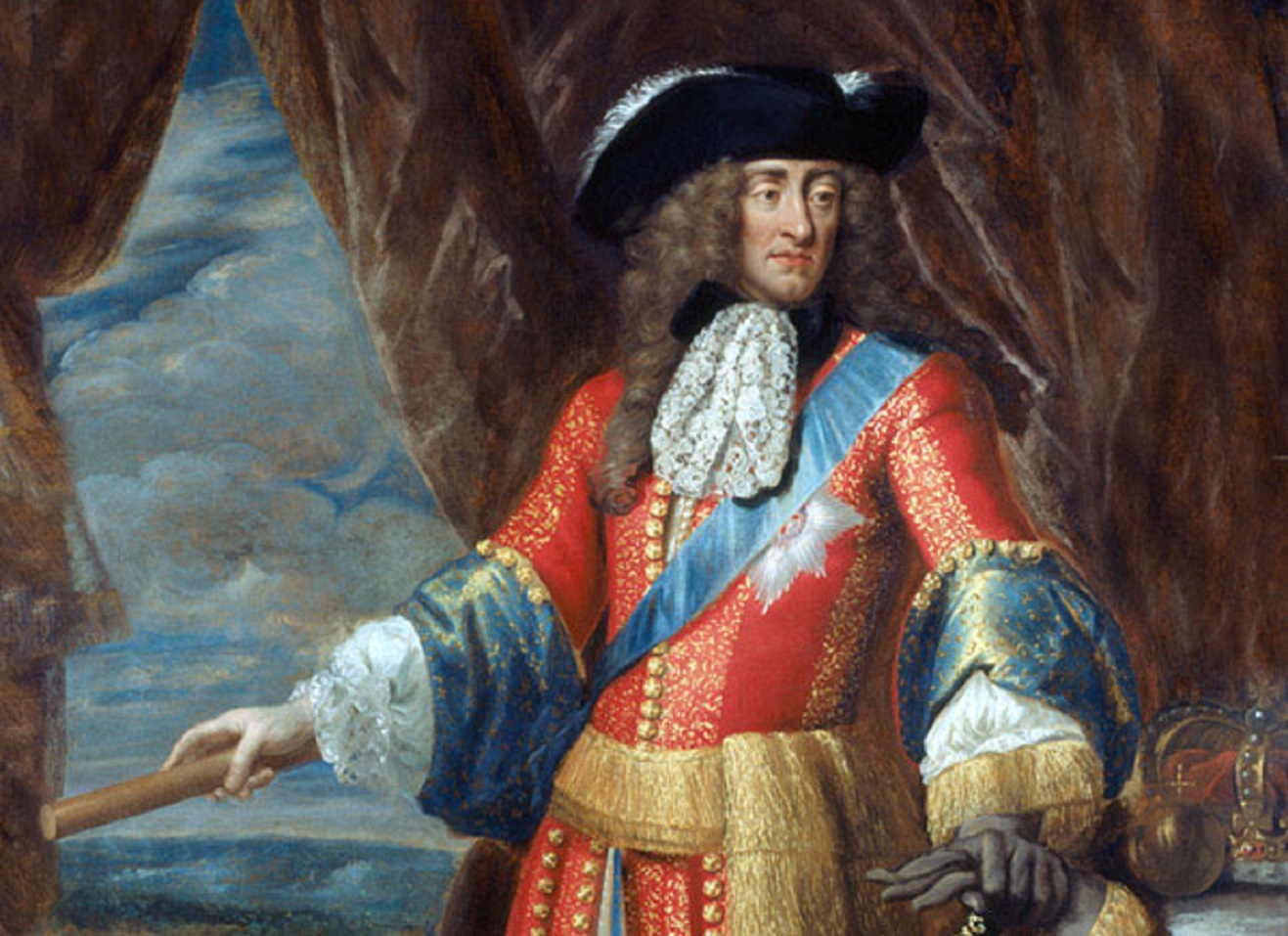 Attributed to Benedetto Gennari II, Wikimedia Commons
Attributed to Benedetto Gennari II, Wikimedia Commons
17. They Made It Official
Once the king had said that the marriage between Anne and James was okay, it was time for a second, official wedding. The two wed once more in London on September 3, 1660. You could tell that this was not a time for celebration based on when it took place. They held the wedding from 11:00 pm until two in the morning.
Undoubtedly, the marriage still seemed like a secret. They didn’t even tell the common people about it for two whole months. Sadly, Anne had a rocky road ahead of her.
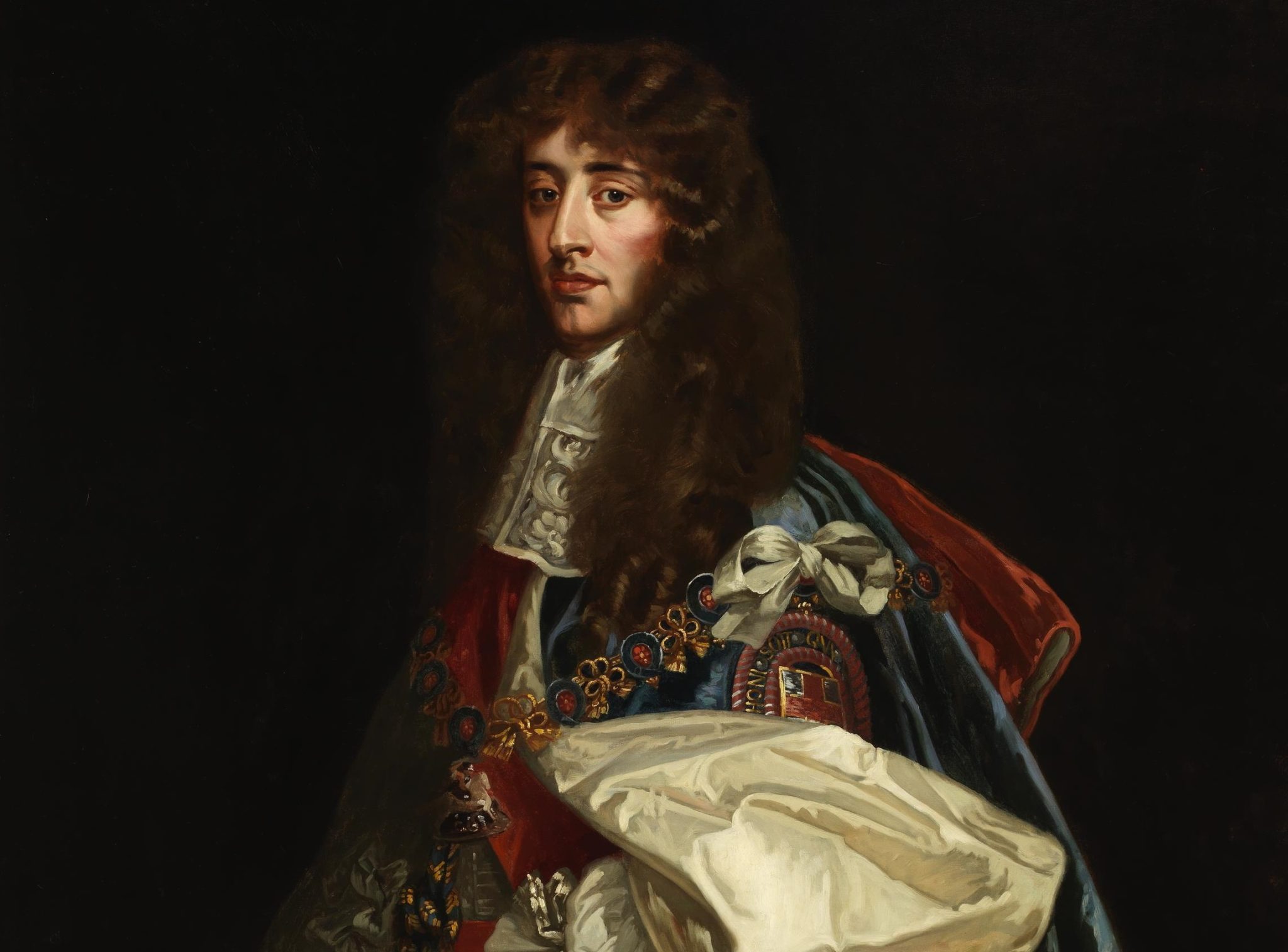 Francisco Jover y Casanova, Wikimedia Commons
Francisco Jover y Casanova, Wikimedia Commons
18. They Freaked Out
The same year Anne married James, she gave birth. The child was a son, and they named him James, obviously after his father. Meanwhile, people in the court were still flabbergasted that a royal had married a common woman like Anne. And my goodness, they weren't afraid to give their brutally honest opinions.
 Charles Wautier, Wikimedia Commons
Charles Wautier, Wikimedia Commons
19. There Were Mixed Reviews
When asked about the marriage of Anne and James, the French ambassador said that he admired Anne’s courage and that she was “worthy of a King’s blood”. On the other side of the fence was diarist Samuel Pepys, who was basically the TMZ of the time. He didn’t hold back at all.
He called the marriage between Anne and James nothing short of the undoing of the kingdom. Pepys had a very serious concern: that the marriage gave Anne’s father too much power. It didn’t matter what anyone thought, Anne was here to stay. But would she live to slay another day?
20. She Needed Help
Back when Anne was single, she’d been very popular—now the opposite was true. She was a common woman married to a member of the royal family. This made her wildly unpopular amongst the courtiers. King Charles saw how they treated Anne—and he thought of a way to help her.
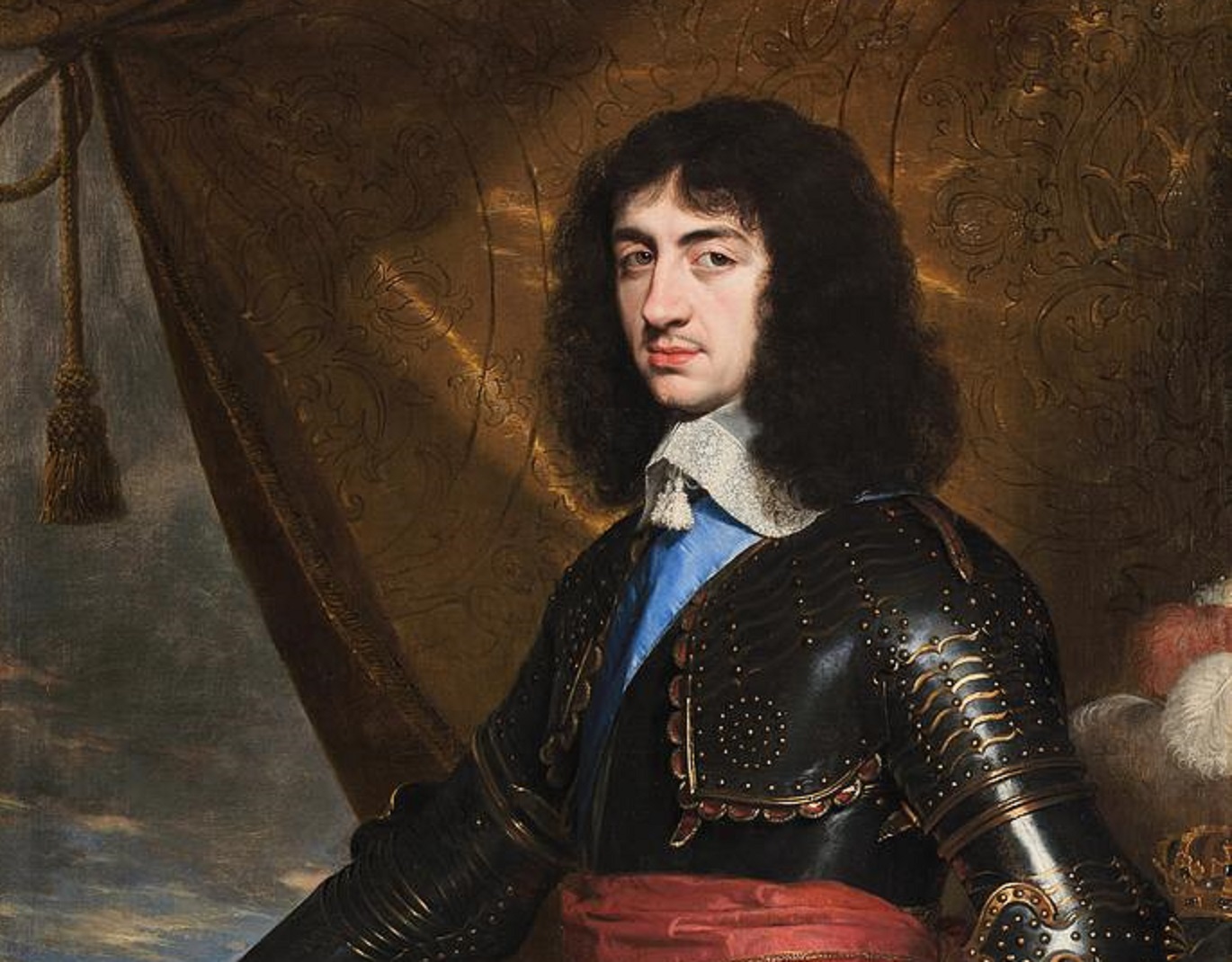 Philippe de Champaigne, Wikimedia Commons
Philippe de Champaigne, Wikimedia Commons
21. They Were Nervous
The king came to Anne's rescue...sort of. He made Anne’s father an Earl and thought that maybe it would make the members of the court look more kindly on poor Anne. The king’s plan, however, was a misfire. You see, there was something else that members of the court were nervous about, and it had everything to do with the king himself.
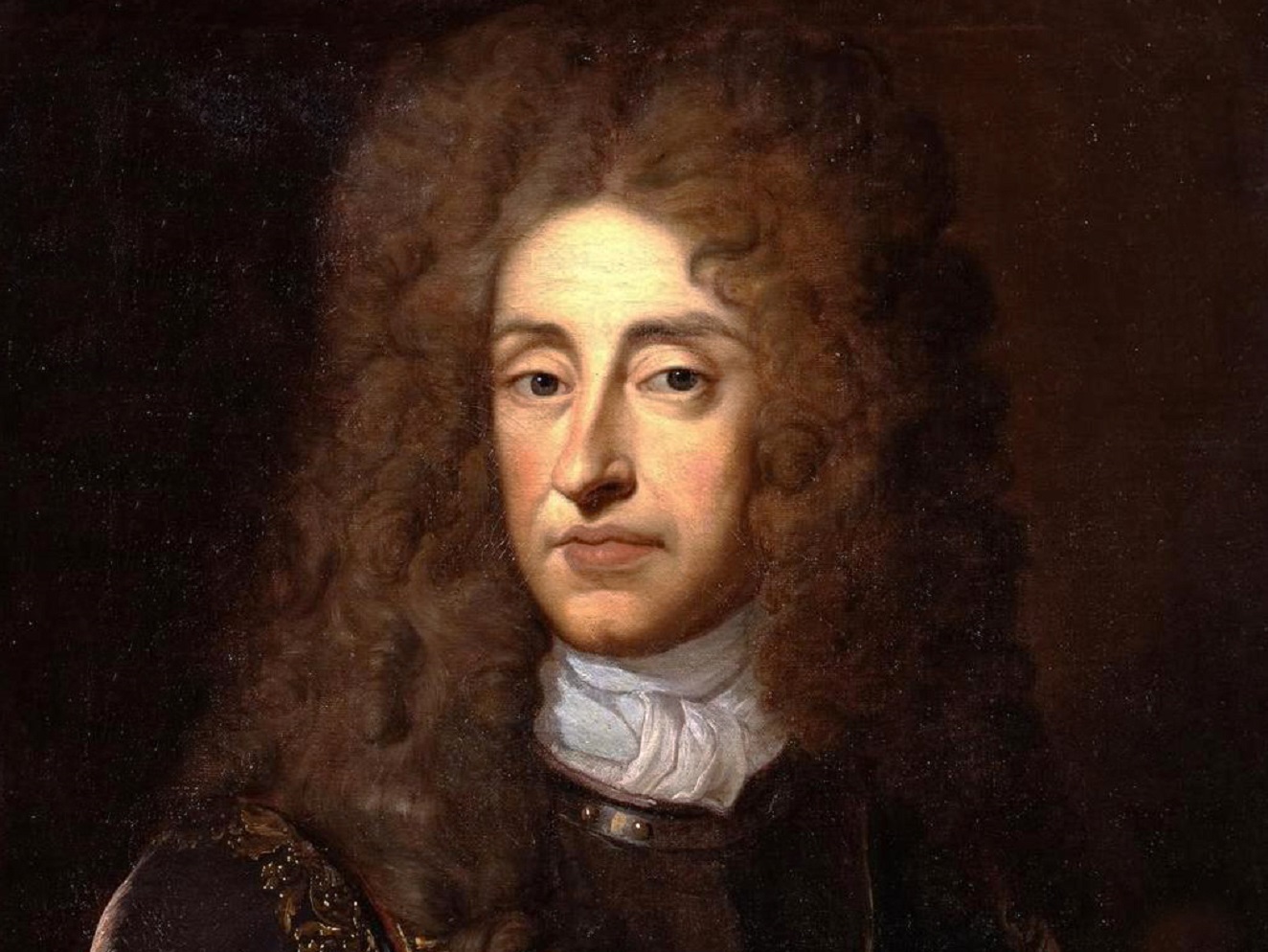 Studio of Godfrey Kneller, Wikimedia Commons
Studio of Godfrey Kneller, Wikimedia Commons
22. She Was Not Fit
At this time, King Charles was in his 30s and still unmarried. This made the court nervous because if he didn’t marry and produce an heir, the kingdom would go to Anne’s son, James. To some members of the court, this scenario was something they really wanted to avoid.
They were still stuck on the fact that Anne was not real royalty, and any child she had was not quite fit for the job of a king. The truth was that they shouldn’t have been worrying about baby James at all–for the most tragic reason.
 Pieter Philippe, Wikimedia Commons
Pieter Philippe, Wikimedia Commons
23. The Pressure Was Off
Around this time, smallpox was a great problem, and royalty didn’t get a pass when it came to becoming infected. Anne’s son, James, caught the dreaded disease, and in May of 1661, he succumbed. In the meantime, King Charles had made a marriage of opportunity to a Portuguese princess named Catherine of Braganza.
They hadn’t had a child yet, but there was hope that they would. This took the pressure off of Anne. It was unlikely any children she had would end up on the throne. Anne took a breather from the public pressure. It was only a matter of time, however, until she ruffled feathers once again.
24. She Made A Switch
While Anne was in Holland, she’d seen something that she was unfamiliar with: the Catholic church. Anne had always been an Anglican, but there was something about the Catholic church that interested her. Soon after she became James’ wife, she quietly converted to Catholicism.
While this seems innocent enough, following the Catholic church was not really different from being an Anglican. Anne’s decision would later impact the entire country.
25. She Riled Them Up
Once Anne had decided she wanted to be Catholic, she took pen to paper to explain why. The words she wrote about her conversion got around and people became quite passionate in their responses—both in favor of it and wildly against it. There was a change coming soon in the religion of England and Anne was poised to be at the center of it.
26. She Controlled Him
It turned out that Anne had quite a bit of influence over her husband. There were rumors that Anne “directed” her husband in political matters. She also had a strong say in how he spent his money. Gossip monger Samuel Pepys, who had been so against the marriage, said that Anne led her husband in all ways but one.
In this one area, James was on his own, and Anne could have no influence whatsoever.
27. He Had Legions
With all the turmoil that surrounded the marriage of Anne and James, you think they at least had each other to turn to. Well, that wasn’t exactly true. James had Anne to turn to in moments of weakness, but he also had a few other women within his reach. Yes, Anne had some control over her husband, but James was becoming infamous for his legions of affairs, and they were not exactly a secret.
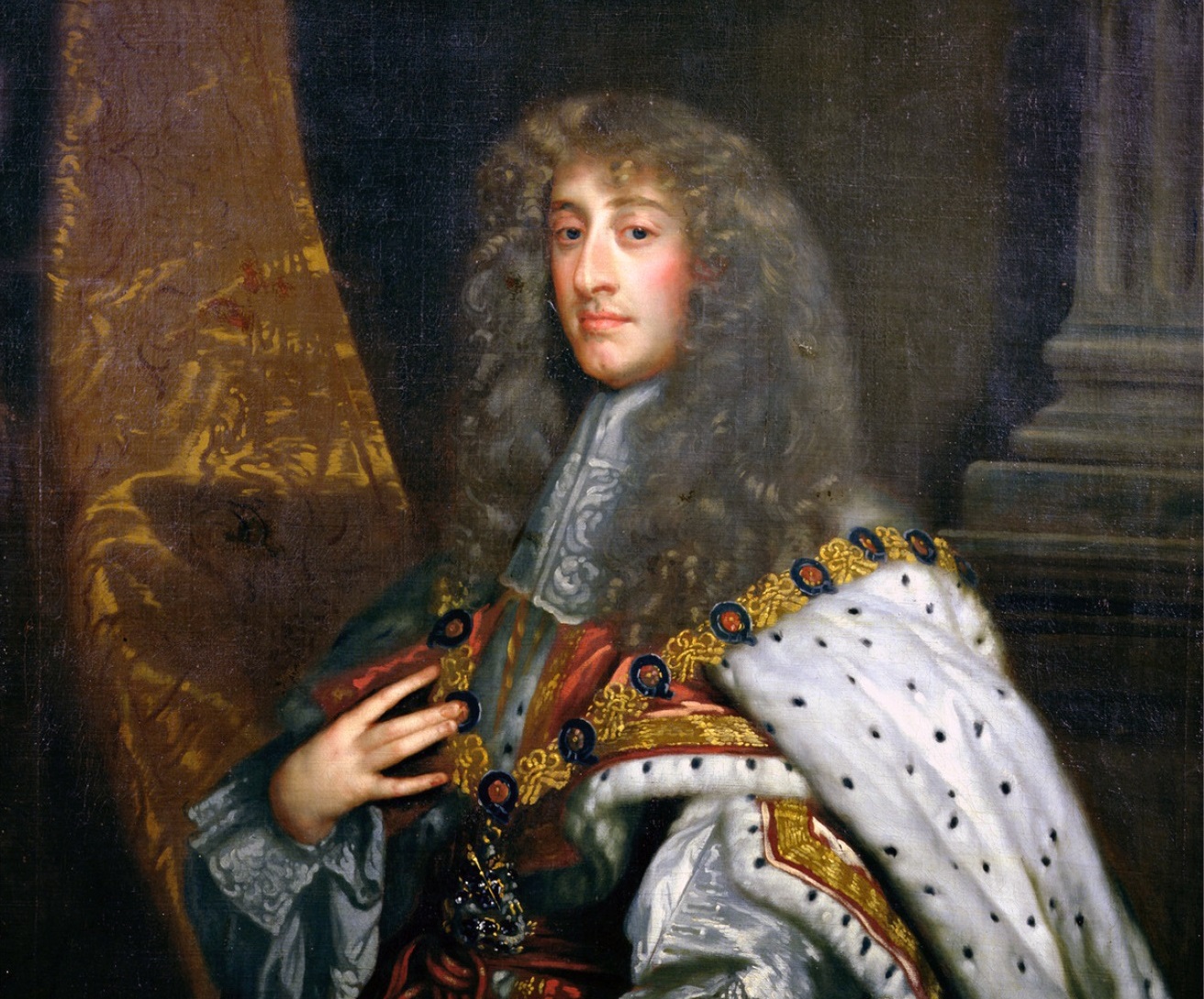 School of Peter Lely, Wikimedia Commons
School of Peter Lely, Wikimedia Commons
28. He Leered
The entire court knew about James’ extra-curricular affairs, and they knew something else about James: He was known as “the most unguarded ogler of his time”. This meant that James was not afraid to snatch an eyeful from any woman who happened to be within his sight. One member of the court remarked that James looked at his wife “mightily”.
Poor Anne not only had a cheater as a husband, but he was that guy who sits in the corner at a party and just stares.
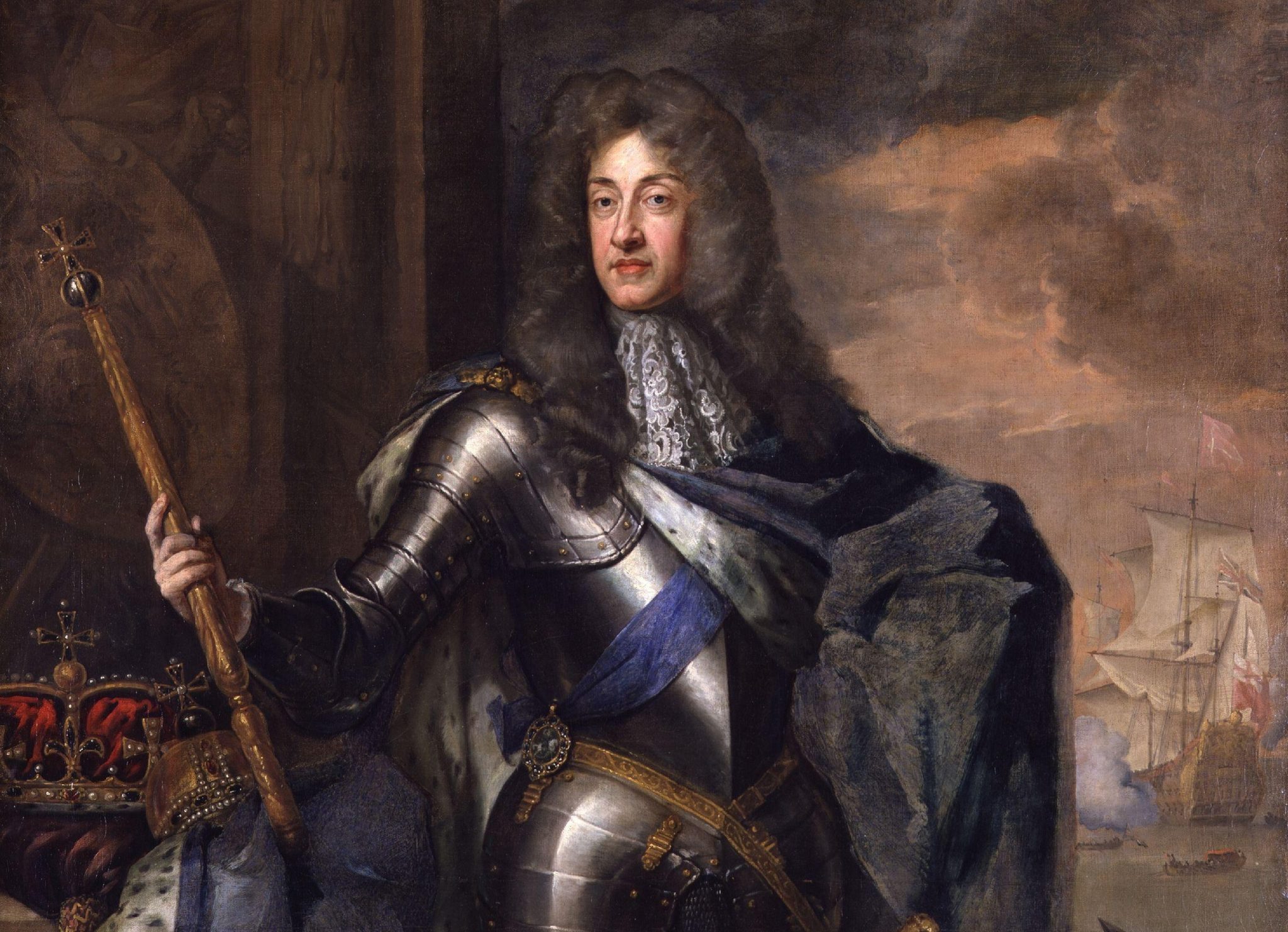 Godfrey Kneller, Wikimedia Commons
Godfrey Kneller, Wikimedia Commons
29. They Needed A Room
You’d think that with all these affairs, Anne would want to stay as far away from her husband as possible. It turned out that the opposite was true. Apparently, James and Anne couldn’t keep their hands off each other. People at court said that the two kissed in public and leaned on each other.
Even so, there was a bizarre aspect of James' intimate life.
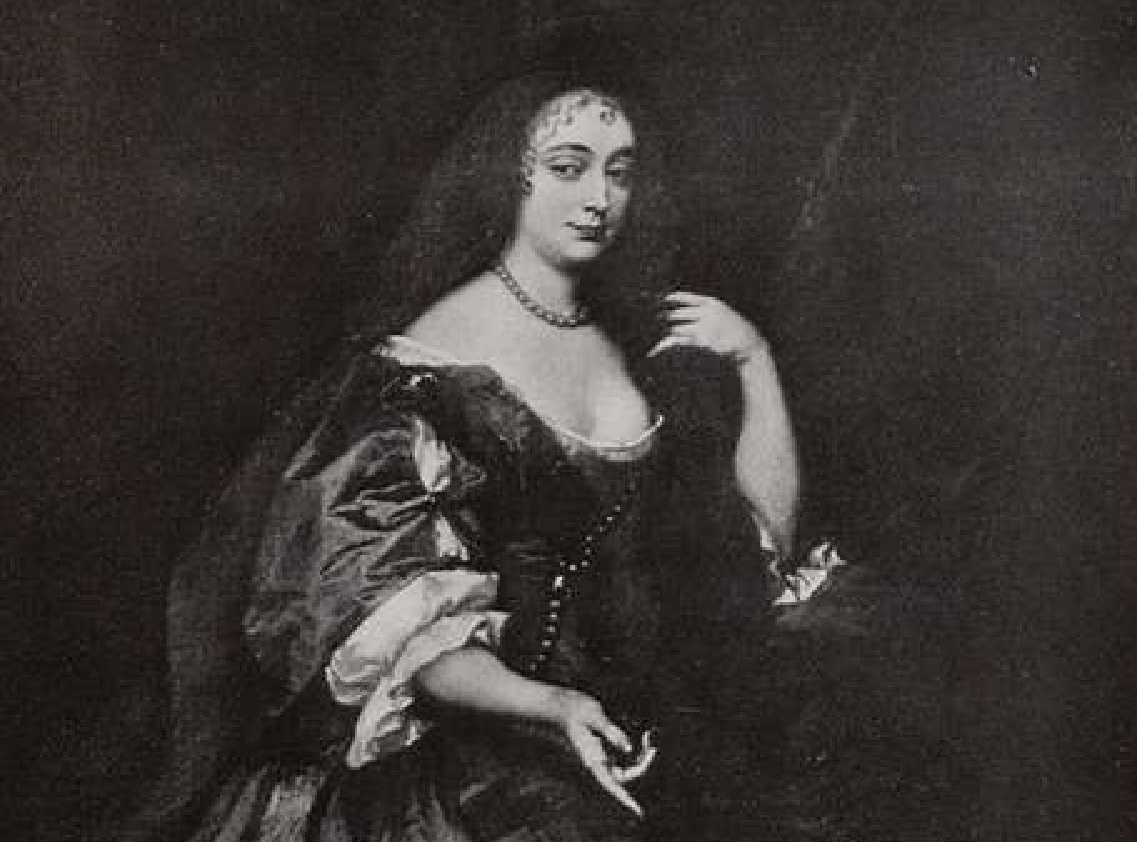 National Library of Scotland , Picryl
National Library of Scotland , Picryl
30. It Was A Punishment
Yes, James had an eye for the ladies, but his choice of women was a source of criticism. It turned out that James was more interested in women who were…let’s say…not obviously pretty. One critic of James’ taste in women said that it was as if James got the women from his priest as a form of punishment. Yikes!
Maybe this fact made it a little easier for Anne to put up with the other women in her husband’s life. However, what James did with one woman was unpardonable.
 Unidentified painter, Wikimedia Commons
Unidentified painter, Wikimedia Commons
31. She Turned A Blind Eye
One of James’ girlfriends-on-the-side was Arabella Churchill. Churchill’s parents were actually happy that James seduced their daughter. They had thought that nothing would come of their rather plain daughter at all. This, however, wasn’t just a meaningless affair.
James and Arabella had an illegitimate child together. Anne was willing to turn a blind eye to her husband’s scandalous affair with Churchill—but James actually went out of his way to make that impossible.
32. She Was Always Around
Anne was trying to save face and just ignore her husband’s out-of-wedlock shenanigans. James, however, wasn’t content with this. In a heartbreaking move, he forced Anne to make Churchill one of her ladies-in-waiting. This meant that Anne had to see Churchill day in and day out. Look it up in the dictionary: this is the classic definition of the word “awkward”.
James, however, wasn’t finished humiliating Anne yet.
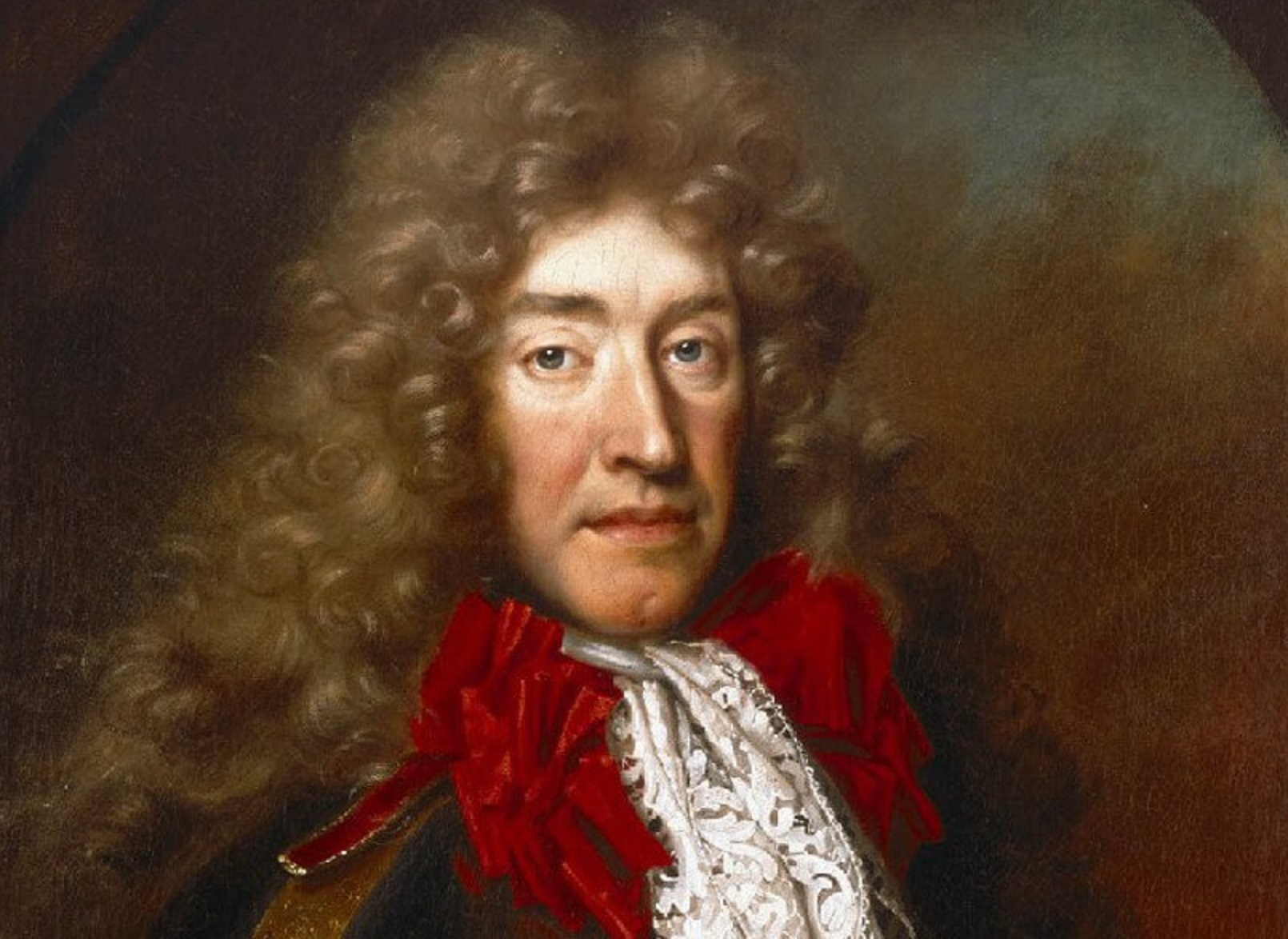 Nicolas de Largillière, Wikimedia Commons
Nicolas de Largillière, Wikimedia Commons
33. She Drove Her Mad
Another affair Anne’s husband had was with Lady Chesterfield. For some reason, this one really broke Anne’s heart, and she went straight to the king to complain. Her complaints echoed around the court and eventually drove Lady Chesterfield mad. She basically headed for the hills to avoid the scandal—and never came back.
Surely, Anne had a few shoulders to cry on in the court for dealing with a cheater like James. Well, actually, she didn’t.
34. She Got No Sympathy
You’d think that the people around Anne would have sympathy for her as she faced her husband’s constant infidelity. Well, that wasn’t the case. People at court still saw her as a commoner and not worthy of their sympathy. It also didn’t help that Anne walked around the court like she was all that and a bag of chips.
Anne definitely had her enemies and they harassed her with some bizarre accusations.
35. They Were Rumors
One rumor that Anne’s enemies spread was that she was having an affair of her own—with one of her husband’s servants. This was supposed to be with the very handsome Henry Sydney, who some people described as lazy and shallow. Everyone knew that Sydney was in love with Anne, but that she returned his affections was just a wicked rumor.
When James heard the rumor, he had Sydney banished from court. The next story that came out was far more scandalous.
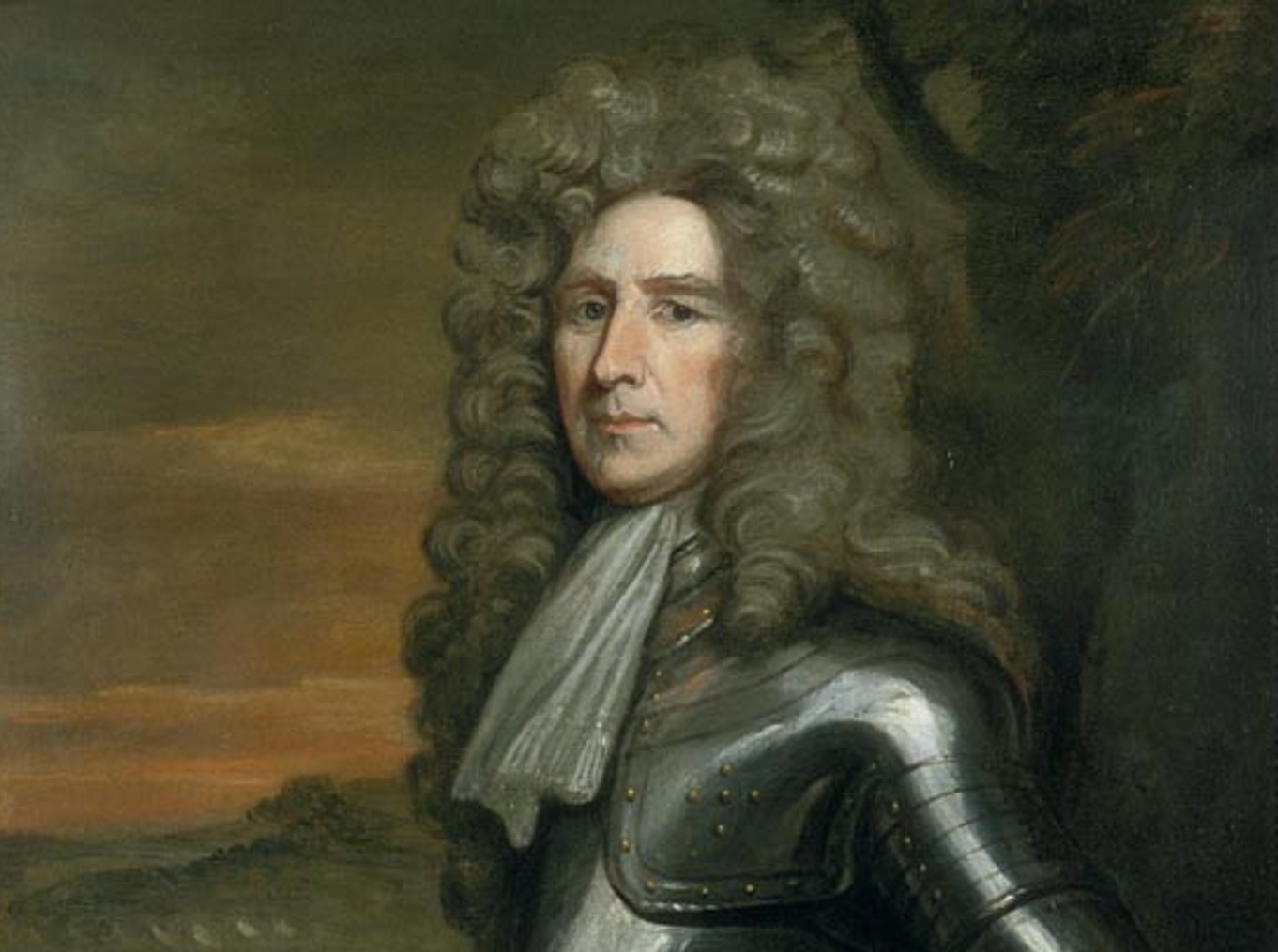 John Baptist Medina, Wikimedia Commons
John Baptist Medina, Wikimedia Commons
36. It Was Wicked
Another rumor Anne’s enemies spread was even more wicked. They said that she was guilty of murder. The rumor stated that Anne had done away with one of her husband’s mistresses. It seemed that people would say just about anything to bring poor Anne to her knees. Anne, however, was too busy to deal with these stories. She had babies to deliver.
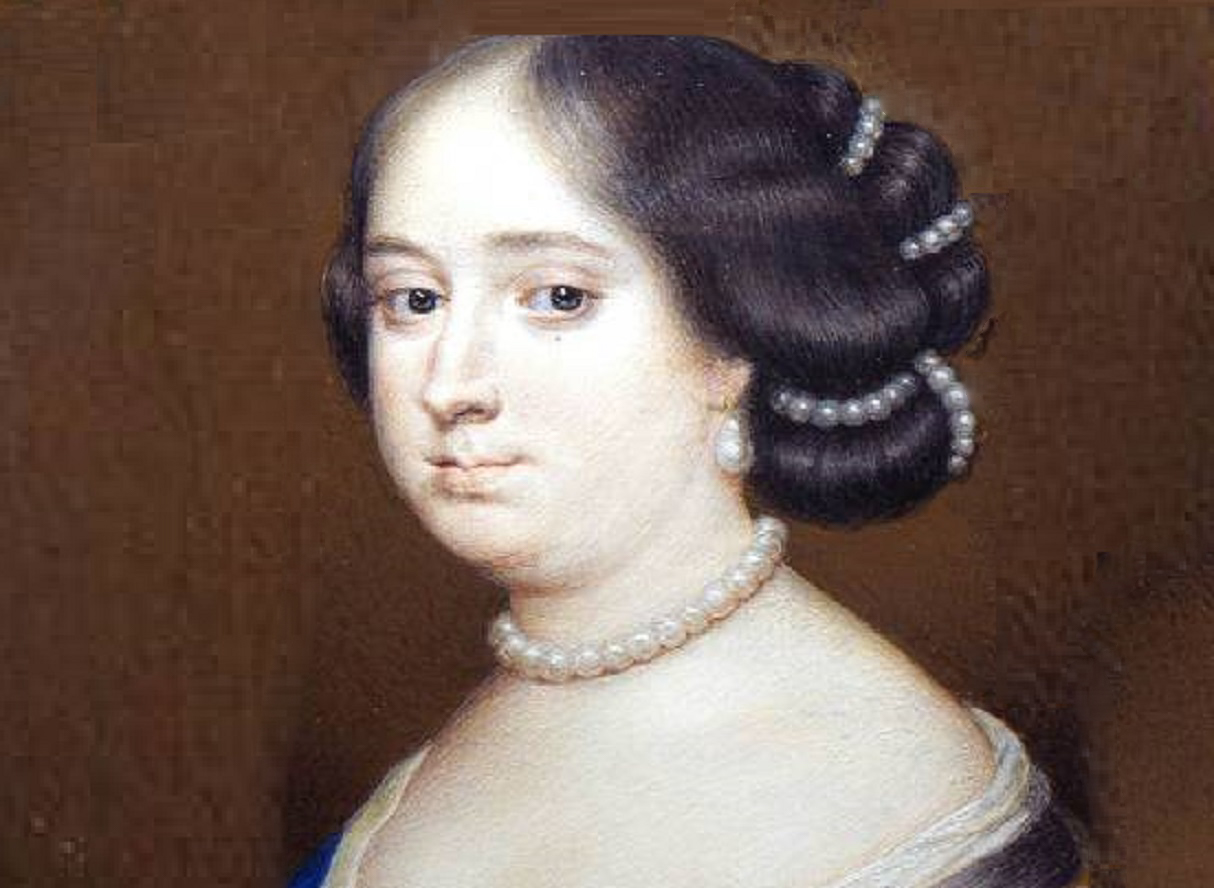 Ann Longmore-Etheridge, Flickr
Ann Longmore-Etheridge, Flickr
37. She Had One After The Other
Anne and her husband James continued to do what husbands and wives do best: have children. In April 1662, she gave birth to a daughter Mary, and the next year to a son named James. They didn’t stop there. What followed was another daughter, Anne, and yet another son, Charles. Another Anne? Another Charles? I guess back then they didn’t have those baby-naming books.
Regardless of the boring names, Anne was a real baby maker. But do you know who wasn’t a baby maker? The current Queen of England.
38. She Had A Brood
When King Charles married Catharine, everyone just assumed that the next king would come from them. Well, that didn’t quite happen. Catharine struggled to get pregnant, and when she did, she always miscarried. As each of her pregnancies came to a tragic end, people began looking to Anne and her brood of kids.
Would one of these half-royals end up as the King of England?
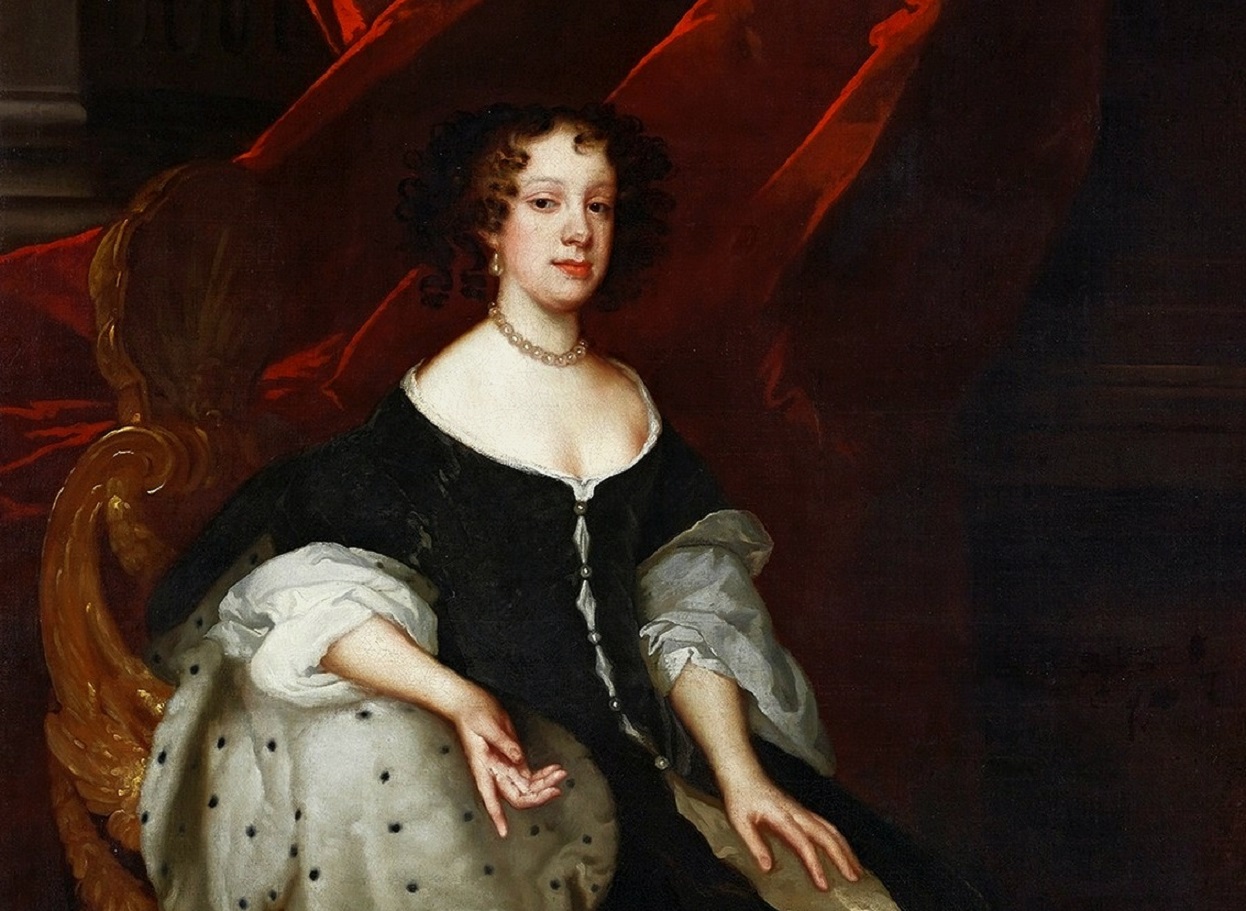 Workshop of Peter Lely, Wikimedia Commons
Workshop of Peter Lely, Wikimedia Commons
39. She Was Plan B
The members of the court hadn’t totally given up on Charles and Catharine producing an heir, but they were also nervously looking to Anne and James as a backup plan. Anne’s two sons were not actually royalty, but at least they were the son of James. Well, having Anne as a plan B for producing an heir was about to come to a tragic end.
 Unidentified painter, Wikimedia Commons
Unidentified painter, Wikimedia Commons
40. He Had Convulsions
Anne had two young sons and either of them—if Charles didn’t produce an heir—could step in as monarch. In May of 1667, however, the youngest child, Charles, started having convulsions. It didn’t take long for disaster to strike: The poor child passed. Well, at least there was still his older brother James. He could still be king, right? Wrong.
41. It Was A Tragedy Times Two
Just one month after the passing of Anne’s son Charles, their other son, James, caught the plague. Back then, doctors were basically powerless when it came to fighting disease, so the poor boy quietly passed. Within two months, Anne had lost two sons. She still had her daughters, but at this time in history, the people wanted kings and not queens.
There was a serious lack of baby boys in the kingdom, so Anne and James had to keep trying.
42. They Had More
Anne had lost her two sons and she had a husband who was constantly cheating on her. In spite of these obstacles, they kept having more children. If you’ve lost track, here’s a tally. So far she had had three boys and two girls. At this point, only the two daughters were still alive. After these first five, Anne and James welcomed Edgar in 1667.
But even though she was busy having babies, Anne still had time to cause trouble.
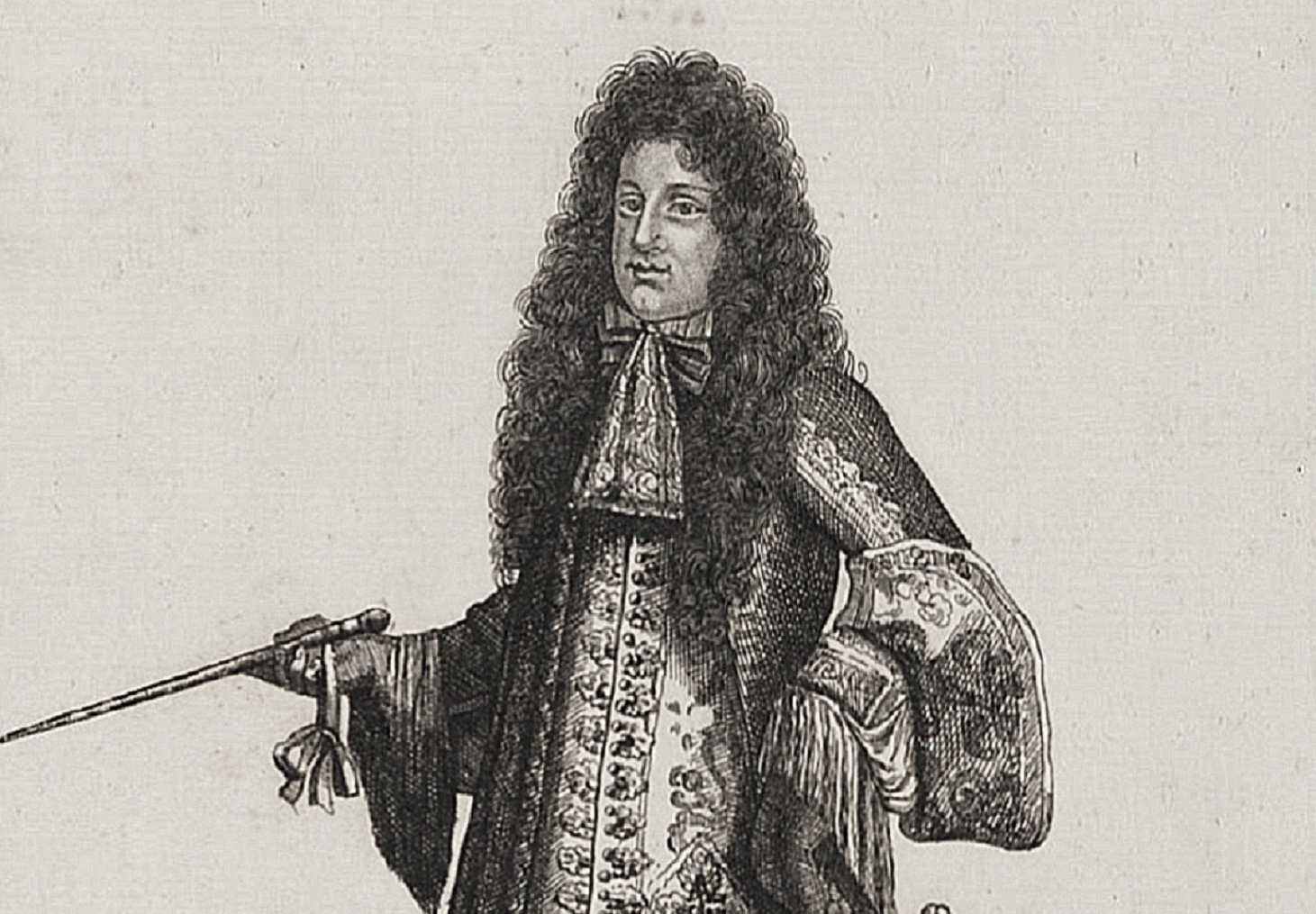 Niccolò Billy, Wikimedia Commons
Niccolò Billy, Wikimedia Commons
43. She Changed Him
If you remember, Anne had long ago converted to the Catholic church. In 1669 she went a step further: She stopped going to the Anglican Church altogether. No big deal, except for one thing: Her behavior had a direct impact on her husband. James also recognized the perks of being a Catholic.
A commoner like Anne changing to Catholicism was one thing, but a member of the royal family? That had scandal written all over it.
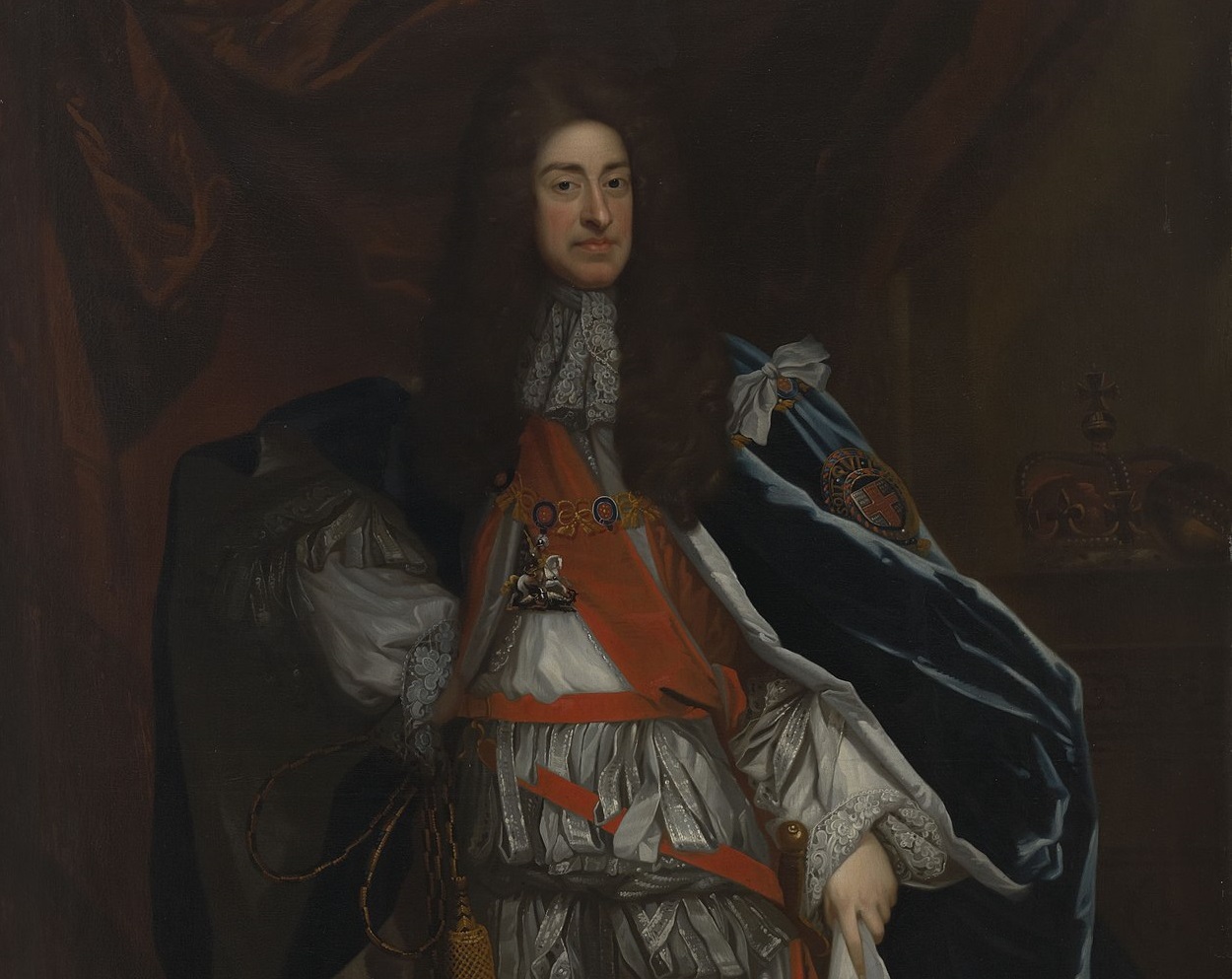 School of Godfrey Kneller, Wikimedia Commons
School of Godfrey Kneller, Wikimedia Commons
44. They Kept It A Secret
Anne’s husband James did eventually convert to Catholicism, and the king was not happy about it. Charles didn’t try to stop his brother’s conversion, but he did have one request: Don’t tell anyone. Charles made James promise not to tell the public about his conversion.
You see, back then in England, there was an incredible backlash against Catholics. The average person on the street thought that Catholics had no place in their society.
 Frederik Hendrik Van den Hove , Wikimedia Commons
Frederik Hendrik Van den Hove , Wikimedia Commons
45. She Made Waves
Anne’s conversion to Catholicism caused massive waves. You see, with no surviving male heir coming from Charles or James, it looked like James himself would be next in line. What would happen to England if the king was Catholic? Charles wisely didn’t want the public to even imagine this scenario, so it was essential to keep it a secret.
 Jan Baptist van Meunincxhove, Wikimedia Commons
Jan Baptist van Meunincxhove, Wikimedia Commons
46. She Was Not Well
The birth of Edgar, her sixth child, was hard on Anne physically and she was not well after this delivery. Shockingly, even in her poor health, she had two more children. Sadly, none of these last three children survived infancy. To make matters worse, it looked as though Anne wouldn’t survive either.
The news was terrible: She had cancer, and it didn’t look like she would live much longer.
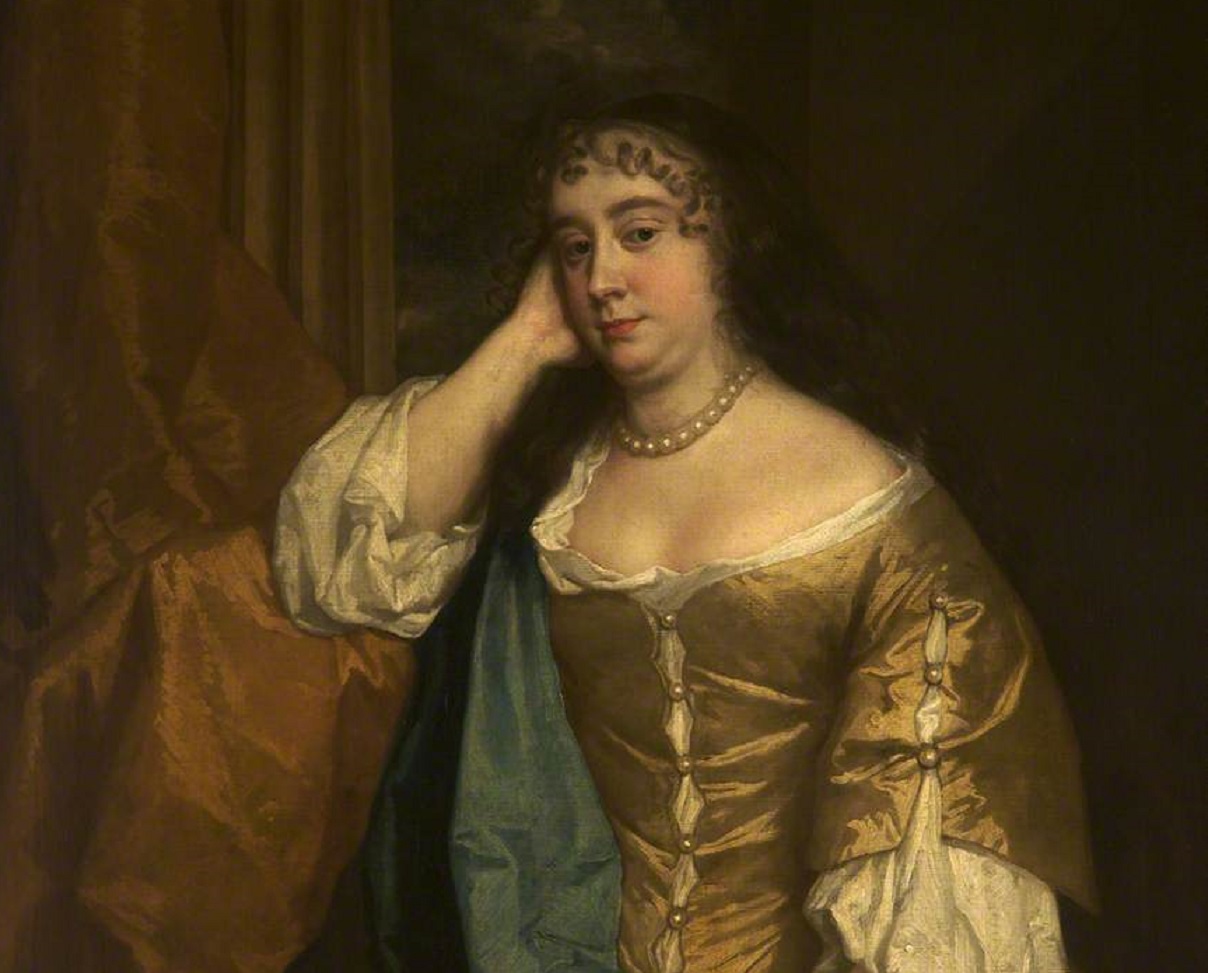 Workshop of Peter Lely, Wikimedia Commons
Workshop of Peter Lely, Wikimedia Commons
47. She Refused To Take It
In 1671, Anne clung to the last threads of her life. Seeing that her passing was inevitable, her brothers rushed to her side and brought with them an Anglican priest to give her her final communion. To her brothers’ shock and horror, Anne refused to take communion. What she wanted was Catholic viaticum. She got her wish and passed on March 31, 1671.
So is this the end of Anne’s story? Not quite.
 Willem Wissing, Wikimedia Commons
Willem Wissing, Wikimedia Commons
48. They Were the Future
Of all the eight children Anne had with James, only two survived to adulthood: Mary and Anne. While both Anne and James had converted to Catholicism, King Charles had one major request. He wanted Mary and Anne to follow the Anglican church, not the Catholic one. What was Charles thinking about? He was thinking about the future.
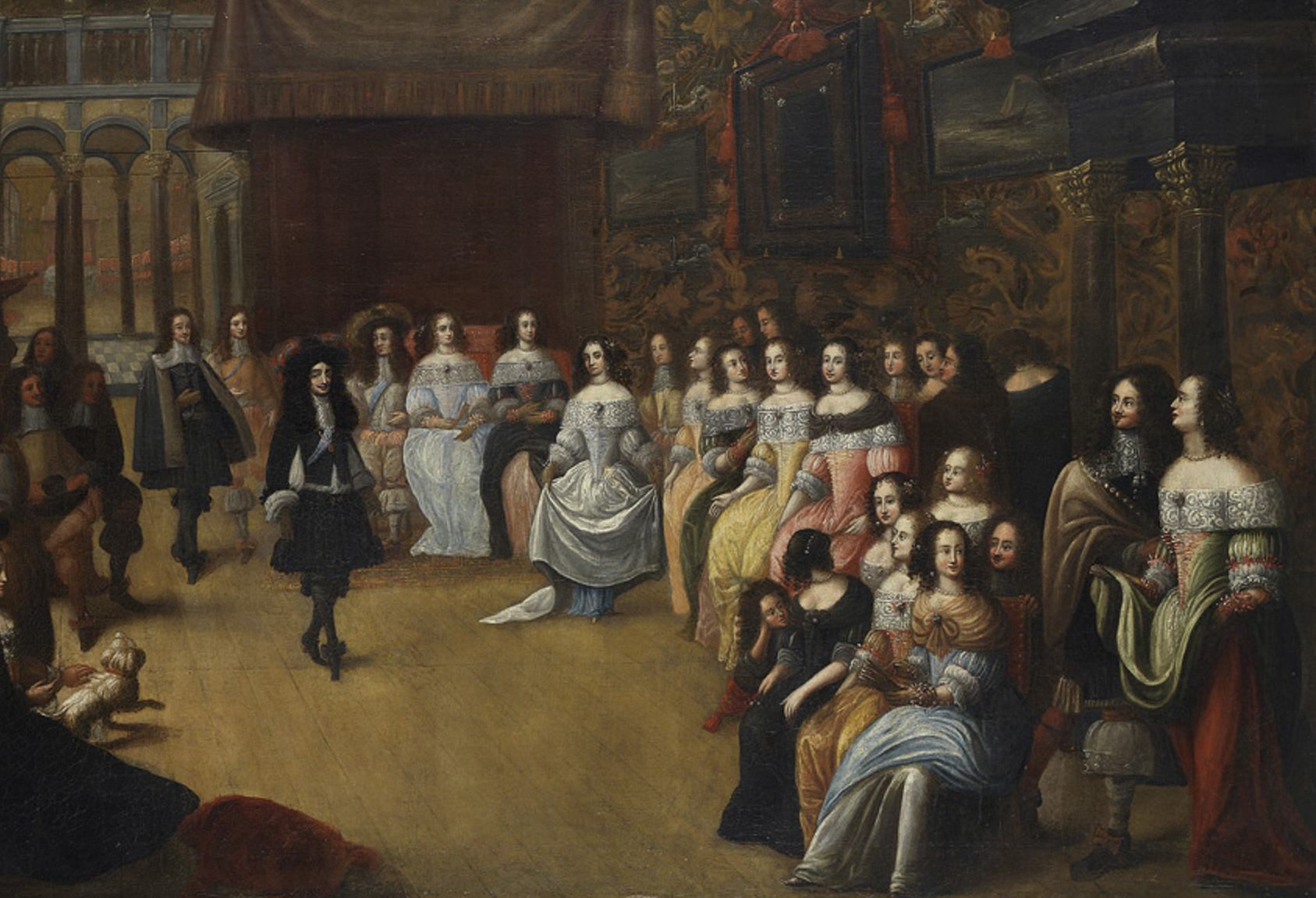 English School, 17th century, Wikimedia Commons
English School, 17th century, Wikimedia Commons
49. She Had A Huge Impact
Anne was instrumental in converting her husband to Catholicism. Just before his brother King Charles passed, James also converted. You could say that Anne Hyde, a commoner who married into the royal family, had a huge impact. She caused the entire kingdom to change religions, leading to what is known as the Glorious Revolution. But how long would this revolution last?
 Sir Peter Lely, Wikimedia Commons
Sir Peter Lely, Wikimedia Commons
50. She Had A Legacy
In 1673, just two years after Anne’s passing, James remarried. This was significant because he chose Mary of Modena, who just happened to be Catholic. When the people were through with James as their king, who did they turn to? None other than Anne’s very Anglican daughter Mary. And when Mary passed, the crown went to Anne’s other daughter—also named Anne—who was also Anglican.
However, like her mother, Queen Anne had a horrible time with pregnancy, having 17 children in 17 years, and only one of them surviving past the age of two. Historians now believe she suffered from an immune disorder called Hughes syndrome.


